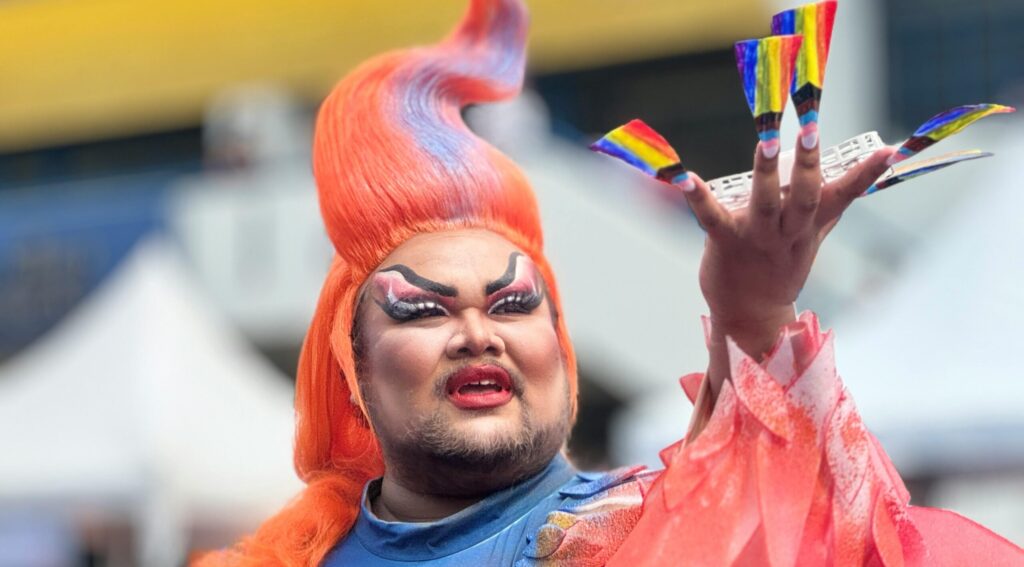Thailand, the Land of Smiles, Welcomes LGBTQ Travelers
Big congratulations are in order for Thailand as hundreds of same-sex couples tie the knot as the country becomes the first in Southeast Asia to recognize marriage equality.
The landmark marriage equality bill marks a momentous win for the Asian LGBTQ+ community, which has fought for more than a decade for the same marriage rights as heterosexual couples.
To celebrate, I’m re-sharing the details of my recent trip to the Southeast Asian kingdom that has always been on my bucket list.
On top of its marriage equality landmark, Thailand again won the prestigious Destination of the Year at the TTG Travel Awards 2024, and the capital Bangkok was named Best City in the DestinAsian Readers’ Choice Awards 2024. My visit came courtesy of an LGBTQ+ press trip hosted by the Tourism Authority of Thailand. Here are some of the highlights of my adventure.
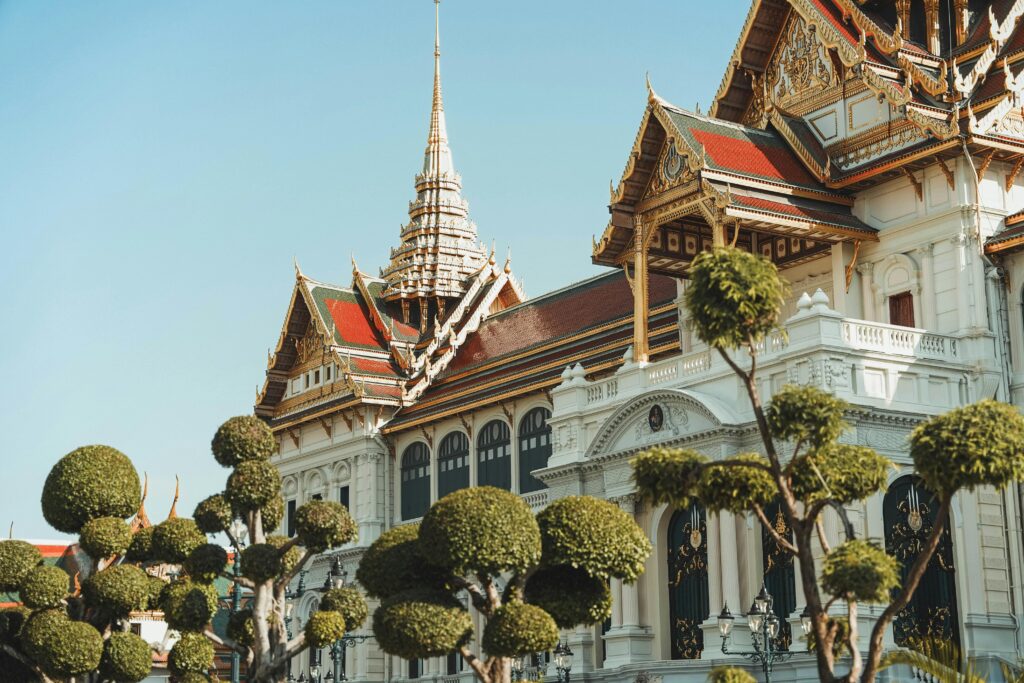
Bangkok
I flew on the welcoming Asian airline Cathay Pacific from New York City into Thailand’s bustling and colorful metropolis (via Hong Kong transfer). Bangkok is the capital and most populous city of Thailand—known in Thai as Krung Thep Maha Nakhon or simply Krung Thep. Bangkok is teeming with colorful signs, vibrant street life, and the Chao Phraya River, which flows through the city as a network of canals. As a cityscape, Bangkok hums with cars, tuk-tuks, and motorcycles laden with passengers, providing a lively pace to the majestic canvas of ornate temples, shrines, and palace architecture.
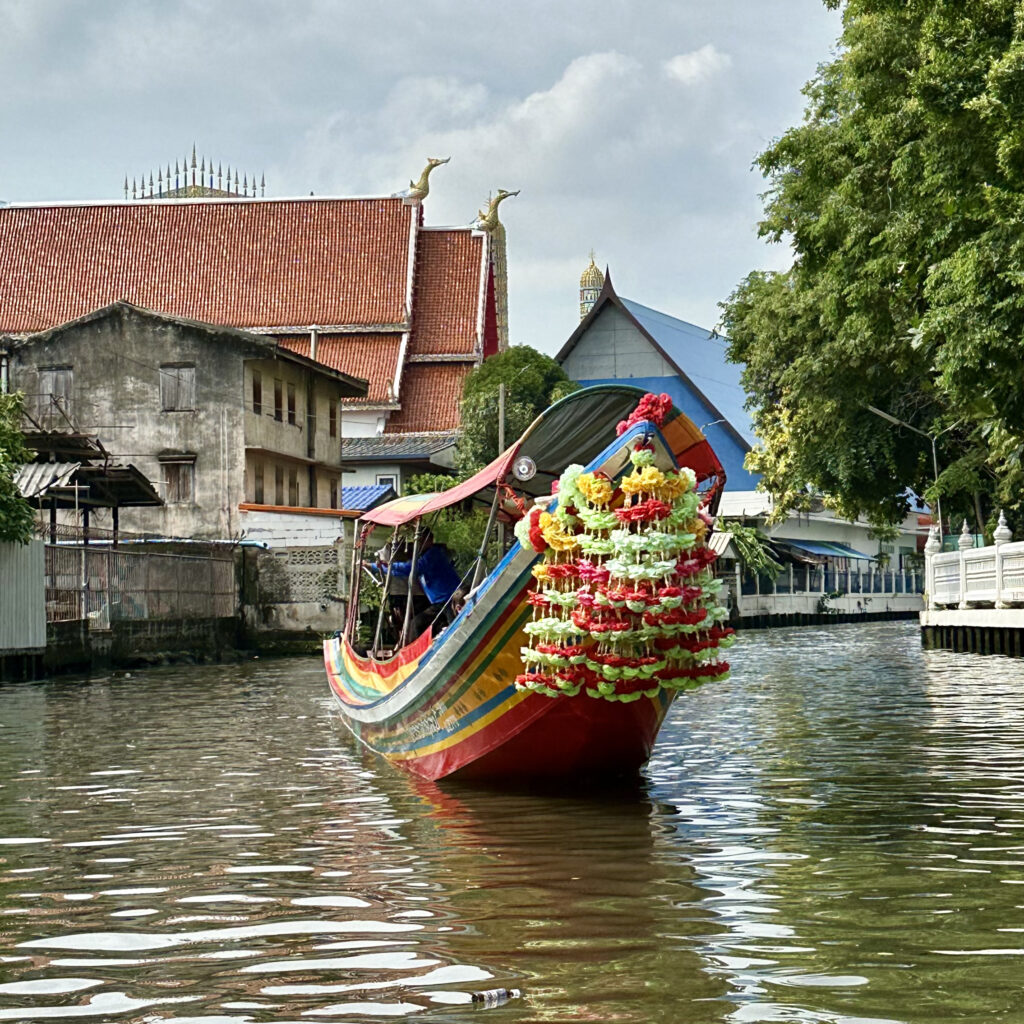
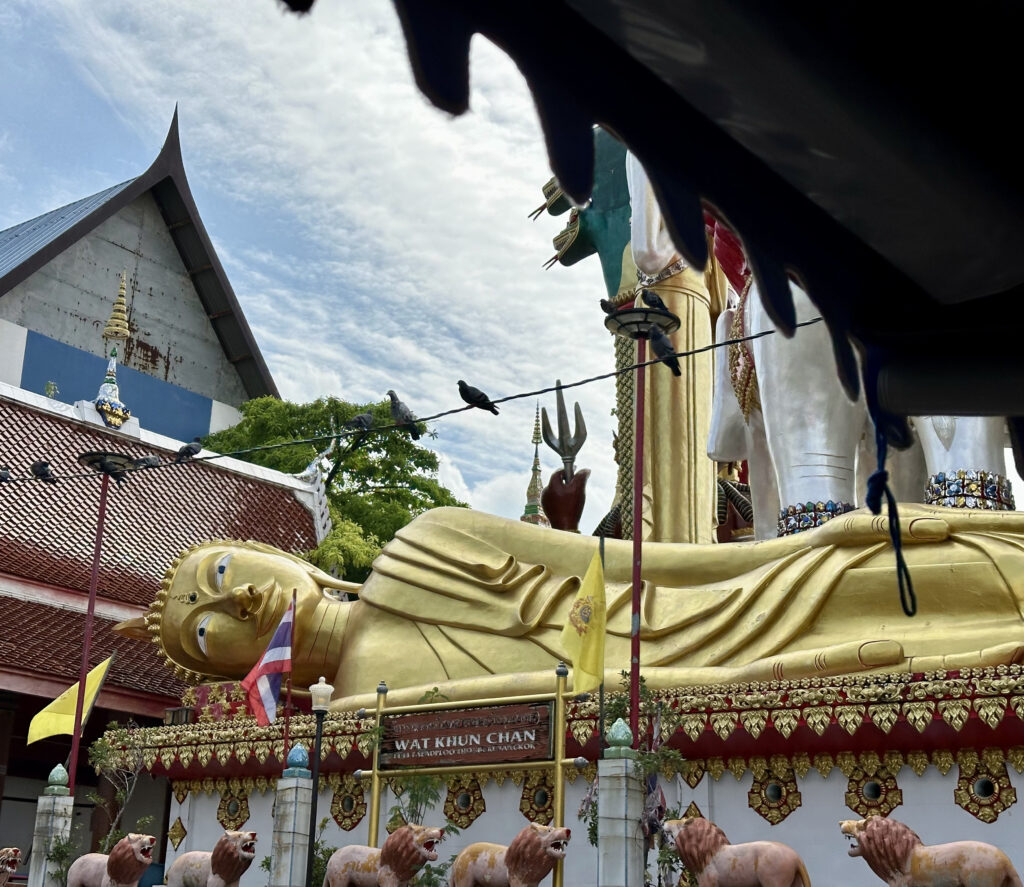
A practical and relaxing way to take in the city’s atmosphere is on a Hidden Canal Tour by solar-powered boat. The Chao Phraya River carries numerous longboats past the Rattanakosin royal district, home to the opulent and expansive Grand Palace and its sacred Wat Phra Kaew Temple. Nearby is Wat Pho Temple with an enormous reclining gold Buddha and, on the opposite shore, Wat Arun Temple with its steep steps and Khmer-style spire. Most of the boats are powered by diesel, and these can be noisy and smelly, so choose a sun-powered voyage with this Solar Powered River Boat company. Our charming skipper spoke English and even arranged for some mango ice cream to be delivered to us, dockside. From the vantage point of the river, you will see Thai life at a leisurely and picturesque pace.
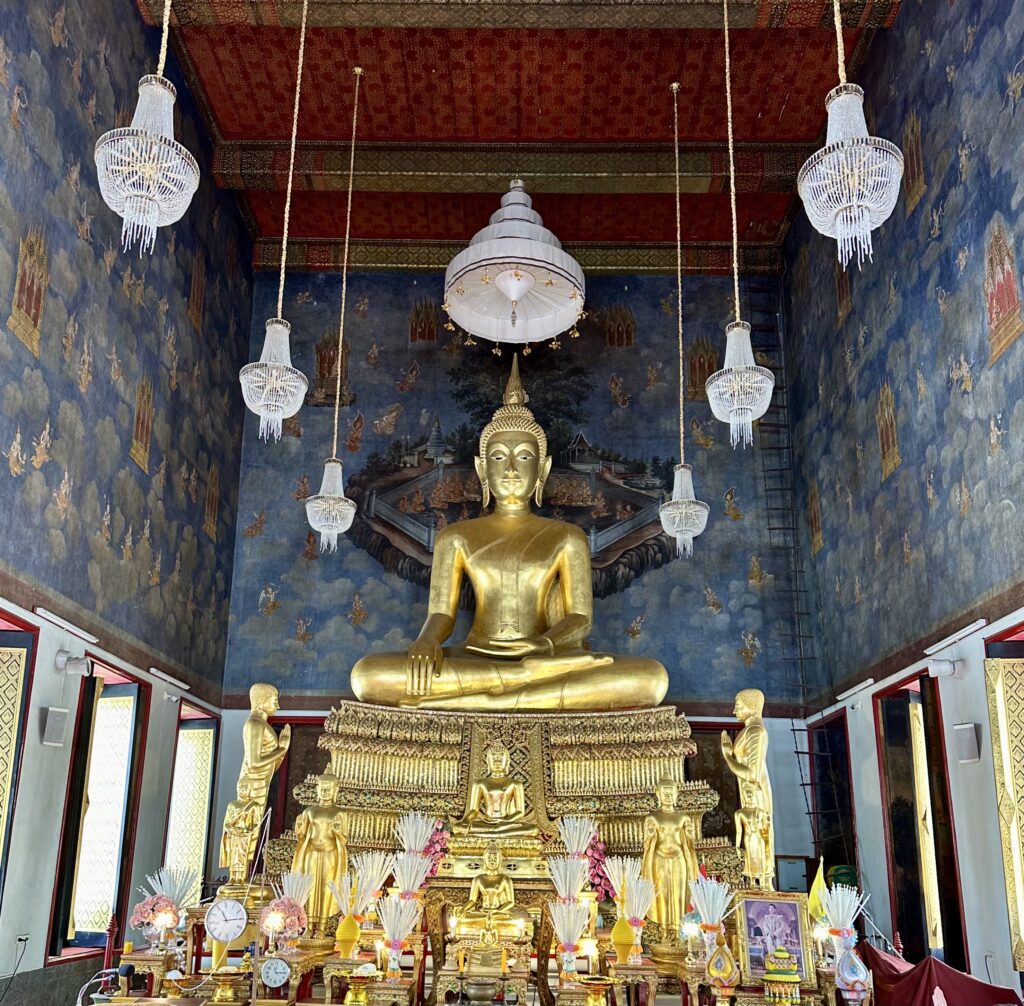
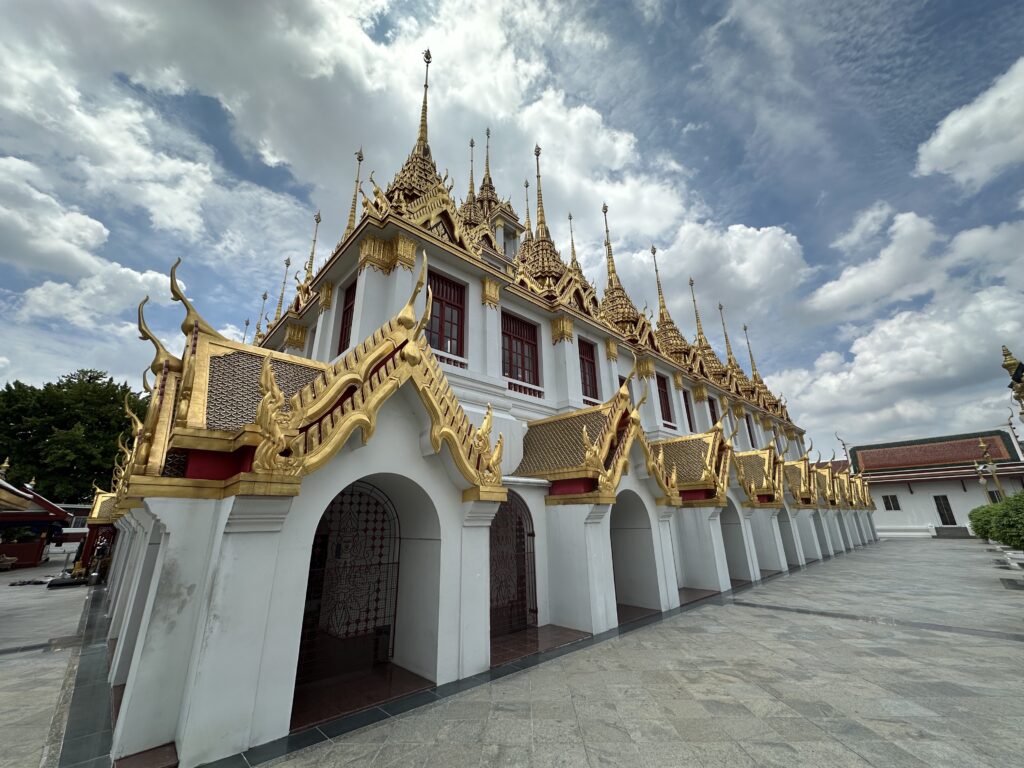
When out and about in Bangkok, be sure to dress sensibly for humid weather and modestly so that you can visit any of the city’s incredibly beautiful temples. Wat Ratchanatdaram Worawihan ( known as Loha Prasat) is a massive 19th-century castle-like temple with 37 dazzling golden spires. The seven-story structure hosts a precious Buddha relic in the topmost spire, and you can climb all the way up to see it and take in a bird’s-eye view of the city.
Refuel from that experience with lunch at the home of the original pad Thai noodles. Thipsamai restaurant began in 1939 selling noodles from a riverboat, then progressed to a few tables and chairs on a sidewalk, and now in a lovely wood-paneled restaurant dishing up the world-famous comfort food it created. Try the pad Thai and prawns delicately wrapped in a paper-thin wok-made egg omelet.
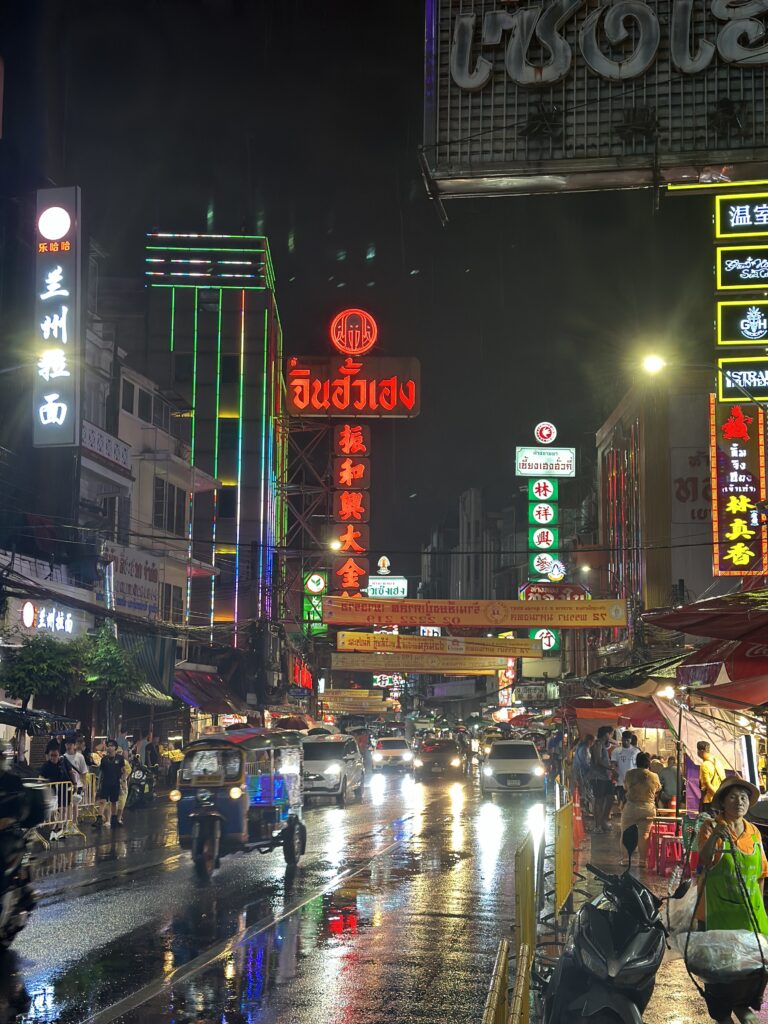
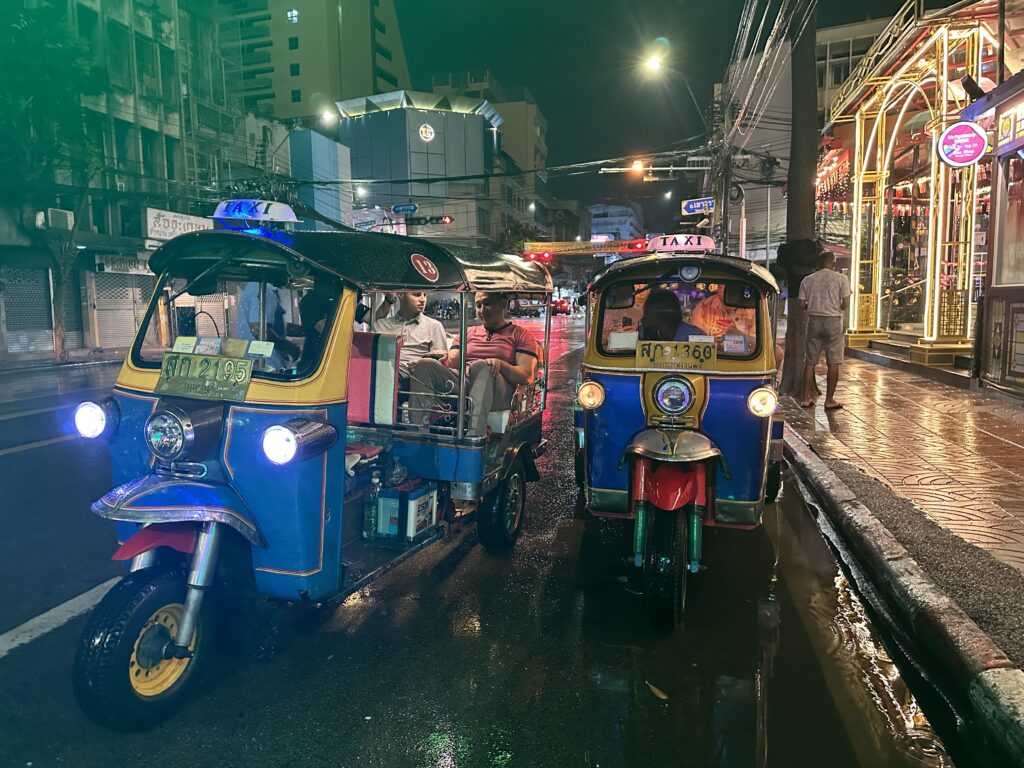
Other exceptional culinary delights await you in Bangkok’s Chinatown, where you will find an array of lip-smacking street food—some even Michelin-rated! Our very knowledgeable Globe Holiday guide Pat knew all the best places, including a cart selling Michelin-rated donut bites. Make sure you head to Chinatown via Song Wat Road, one of the oldest and buzziest parts of the city, with loads of interesting shops selling authentic Buddhist souvenirs.
To really feel the city’s pulse, rent a tuk-tuk and hold on as you zoom through the colorfully lit streets, especially past the Grand Palace, which is lit up like a Christmas tree at night.
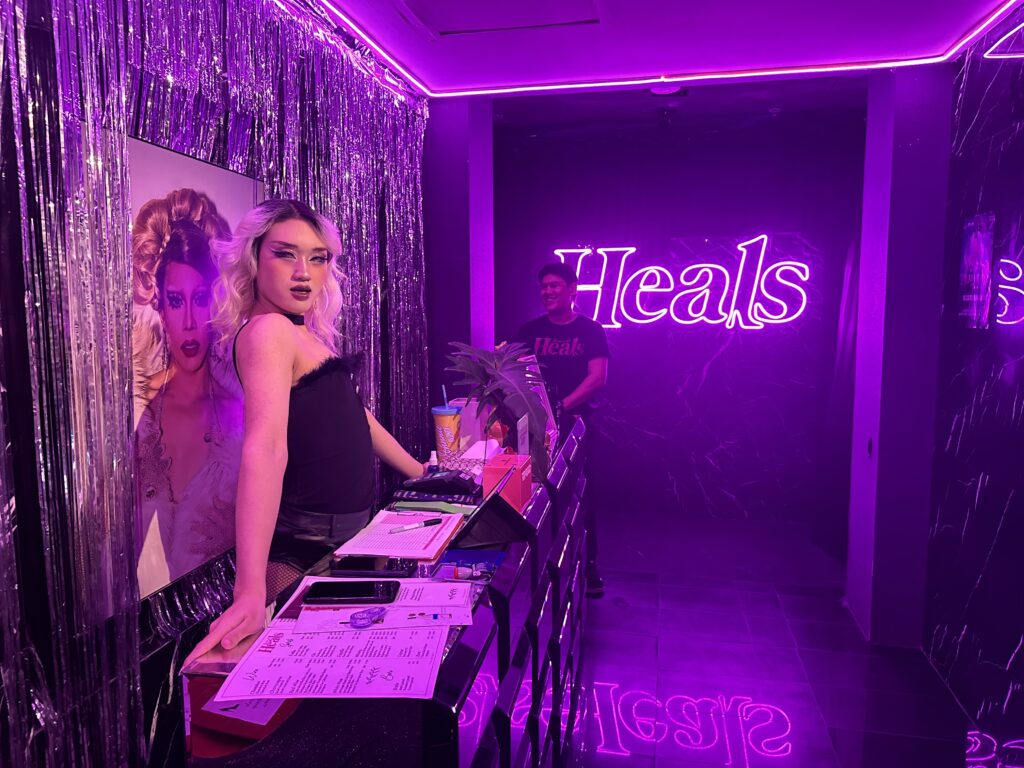
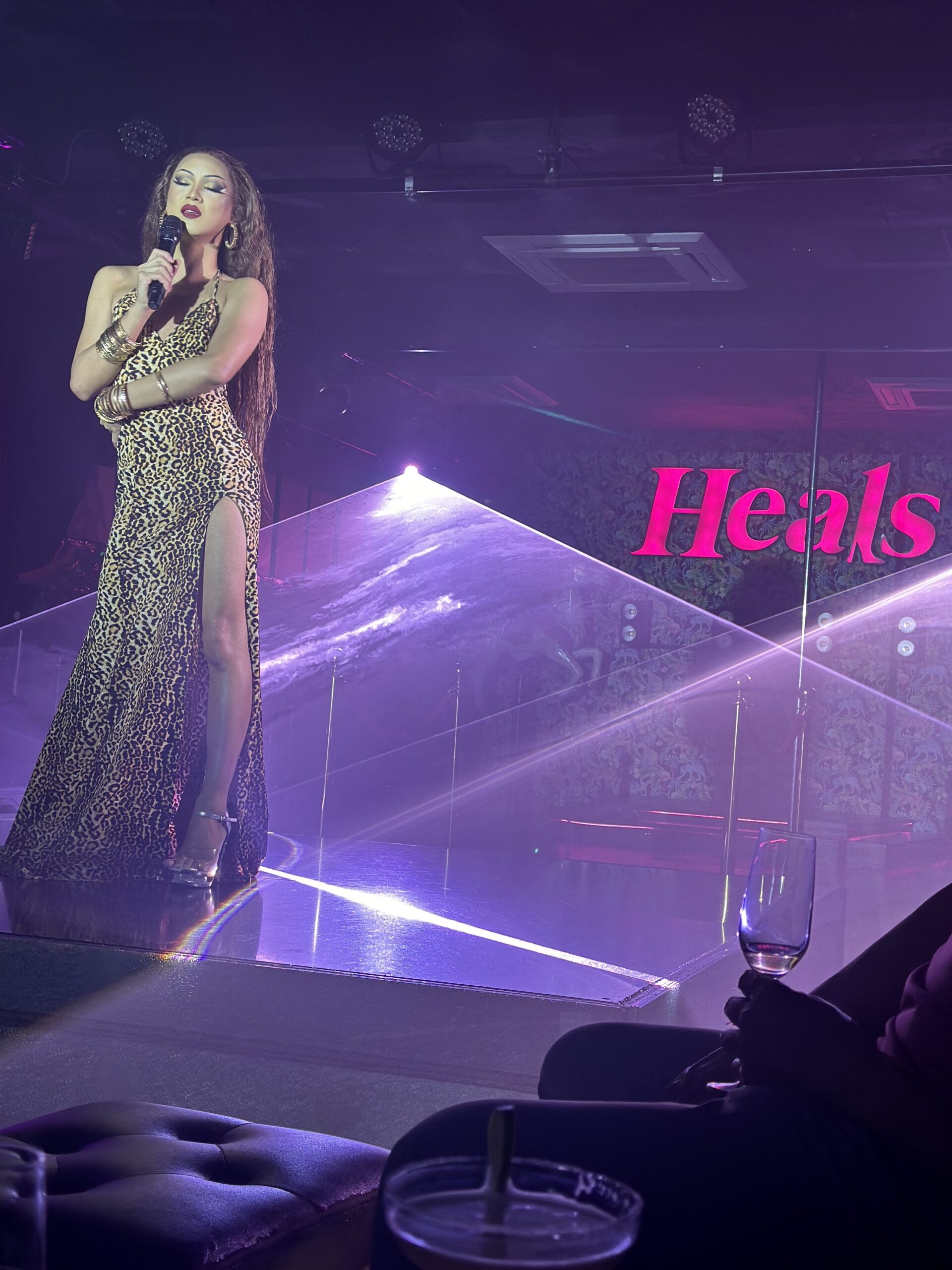
For some rainbow-lit nightlife and world-class drag, head to the House of Heals—Pangina Heals’ luxe, lavender residency. These queens and their live band really know what they’re doing. The top-notch cocktails and laser light show just add to the experience of being above it all on the 33rd floor of the Renaissance Bangkok Hotel.
But the true tiara of your Bangkok adventure lies about an hour from the city (via train or car). Ayutthaya is a UNESCO World Heritage site, and this haunting ruin of the ancient capital of Siam offers an epic and atmospheric stroll through the Buddhist past. In stark contrast to Thailand’s opulent and functioning temples with gold chedis or stupas (the bell-shaped domes), this is an archaeological zone that features numerous temples and countless headless Buddha statues in brick ruins, delivering a stark, ascetic quality.
Ayutthaya was one of my favorite experiences on this trip, as it brought home the very long history of this majority Buddhist kingdom.
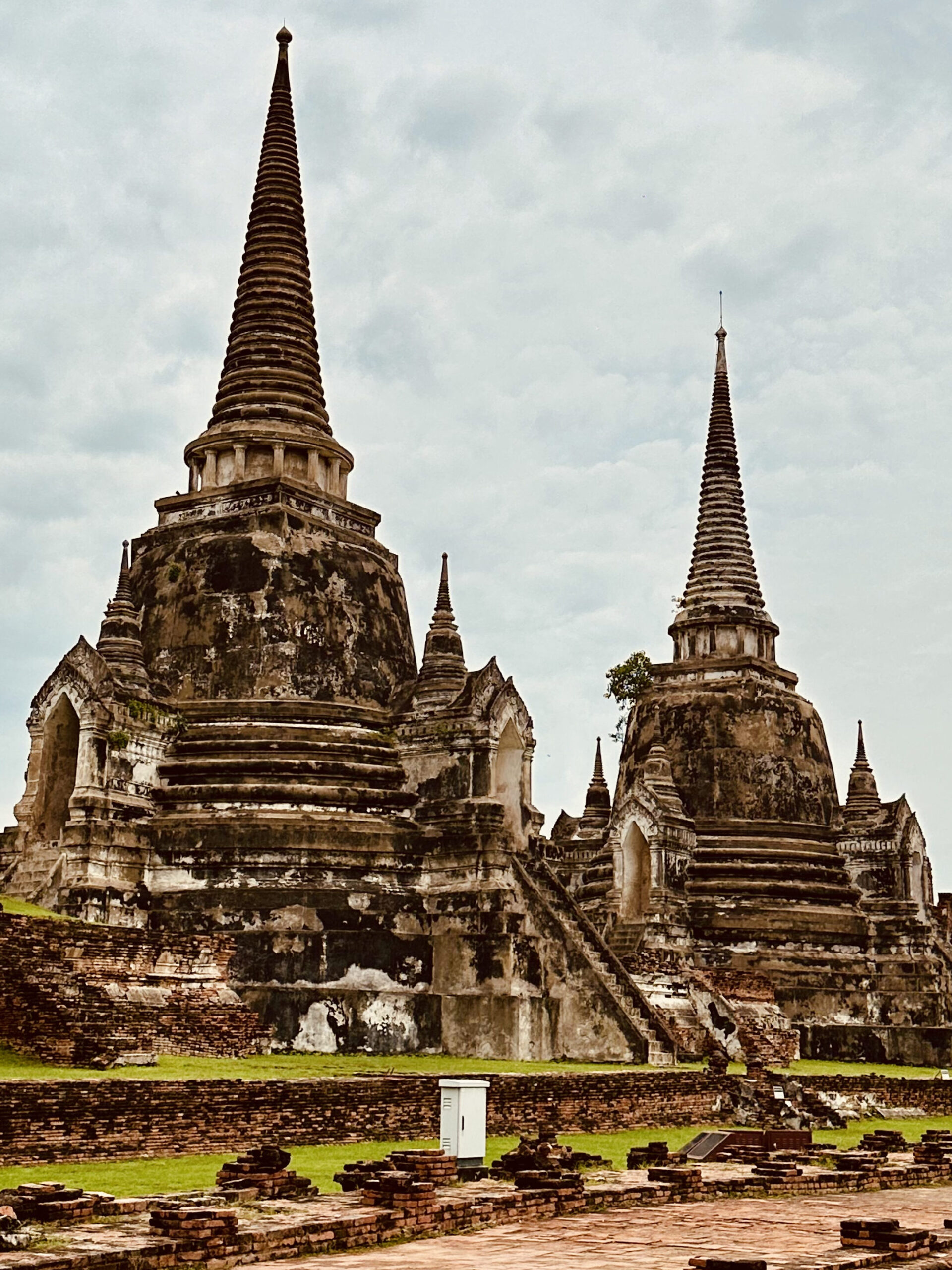
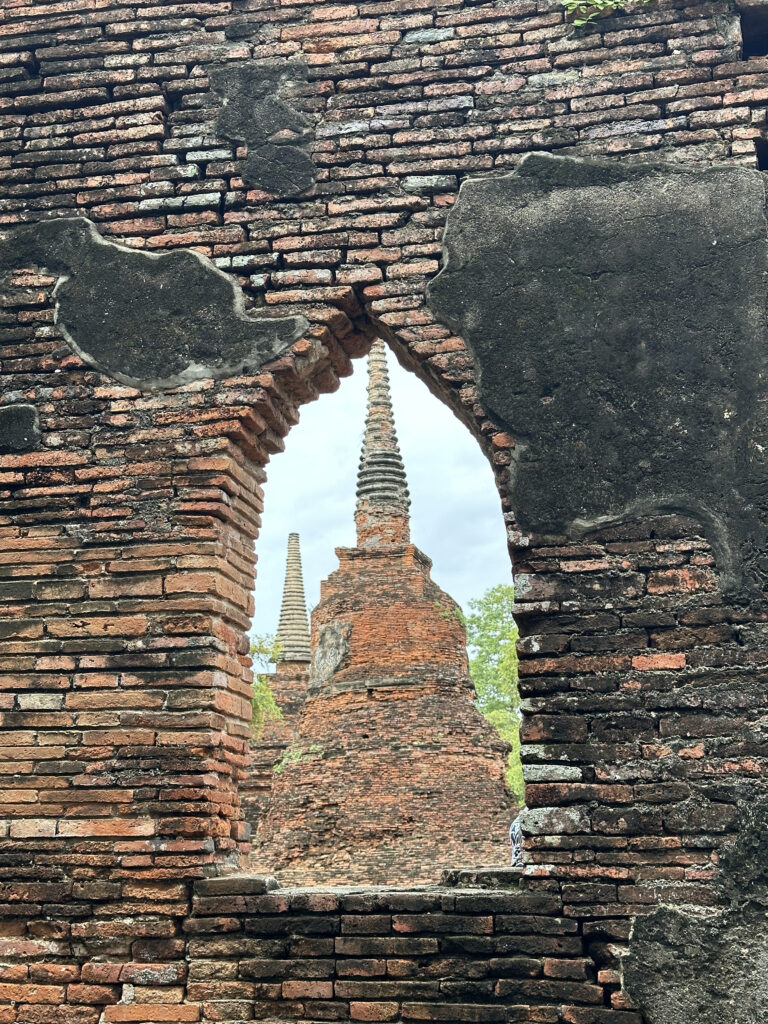
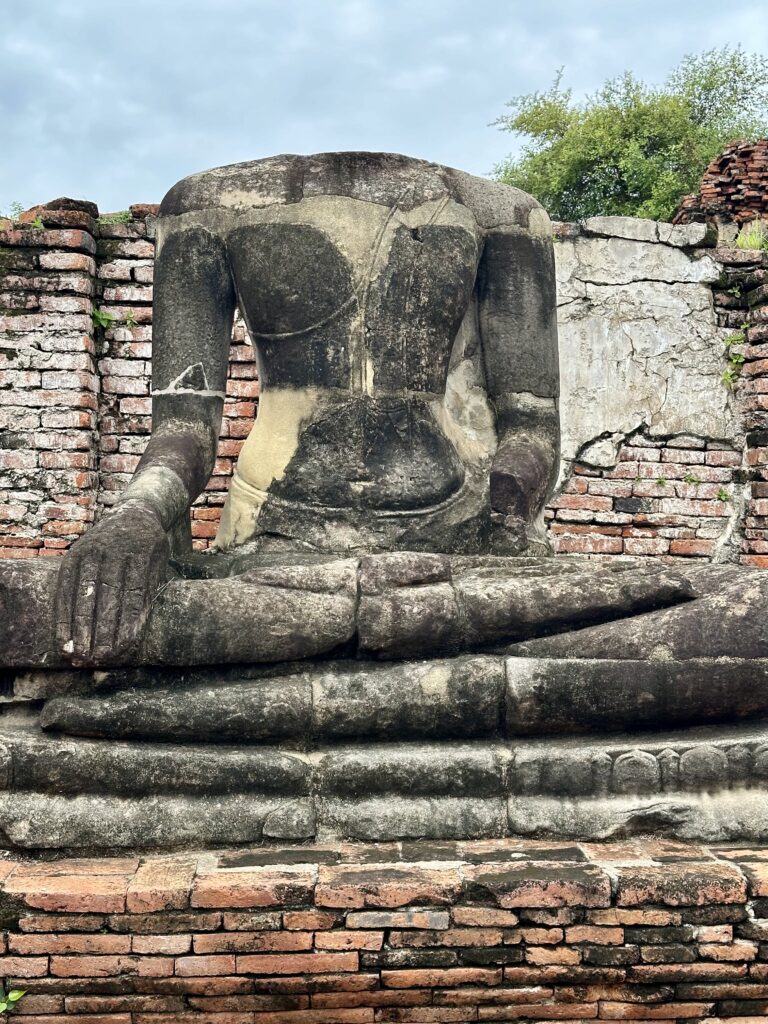
There are multiple temples to take in, but the highlights at Ayutthaya are: Wat Maha That, a 14th-century ruin with a Buddha’s head trapped in the roots of a banyan tree. Wat Chai Watt Hanaram is a striking 17th-century temple with a 35-meter central spire built in the Khmer style and four smaller pagodas around it. Wat Phra Si Sanphet, with its distinctive three stupas, is thought to have functioned similarly to the Egyptian pyramids, built to hold the ashes of the three kings of that period.
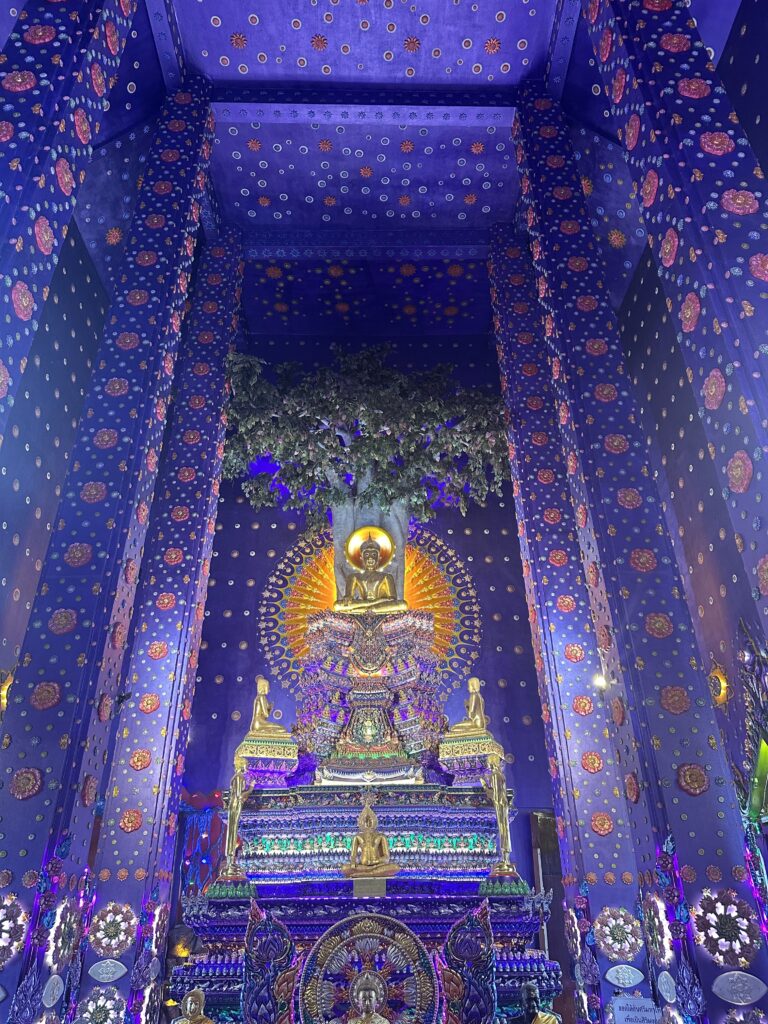
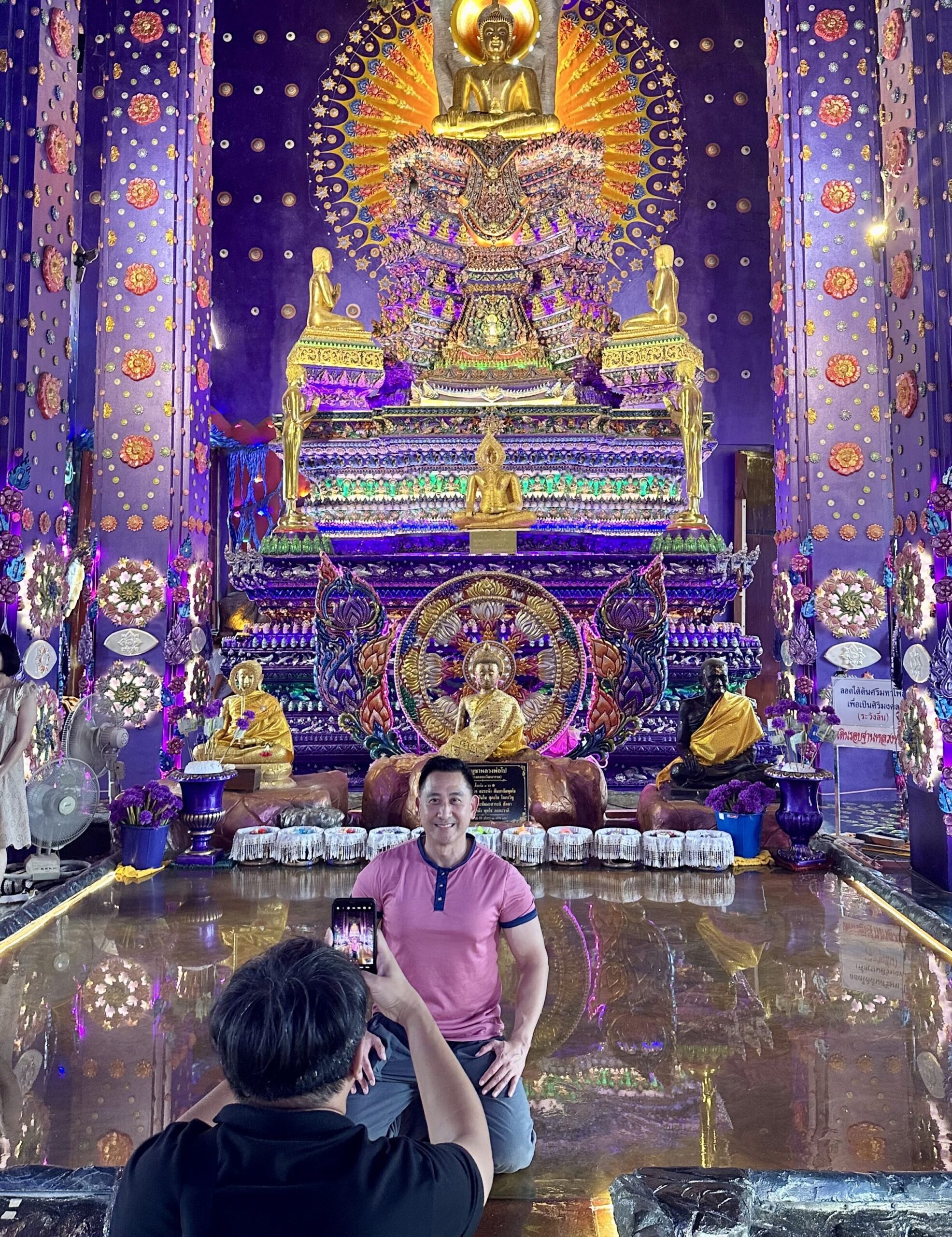
For something completely different, visit Wat Klangklongwattanaram (the purple temple), which is being built and decorated by Thai people now in an opulent, modern, and almost psychedelic fashion.
While in the area, a traditional but elevated, artful lunch at Michelin-rated Suriyan Chandra is a must. You will feel thoroughly spoilt as you are served exquisitely-presented classic Thai dishes such as fish choo-chee curry and grilled river prawns in a rural, romantic pavilion that has been converted to a restaurant and function space from an old mill—followed by tea and sweets on a charming river boat on the tranquil Noi River. This whole experience is transcendent and a fabulous way to experience the colors and fragrances of Thailand.
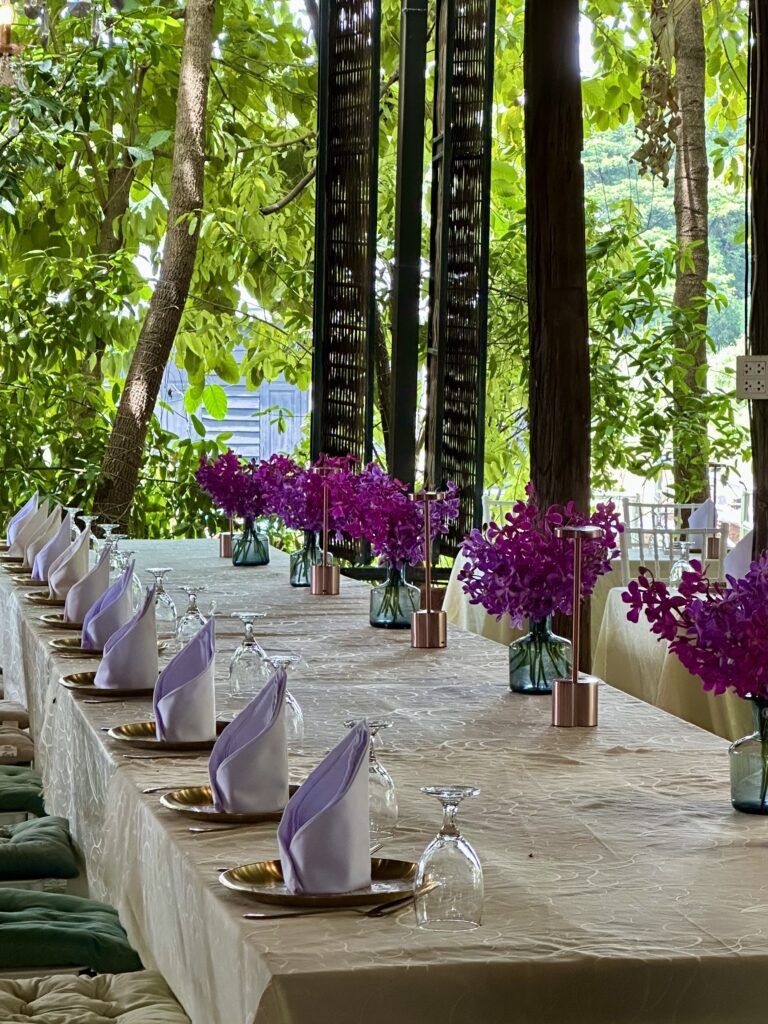
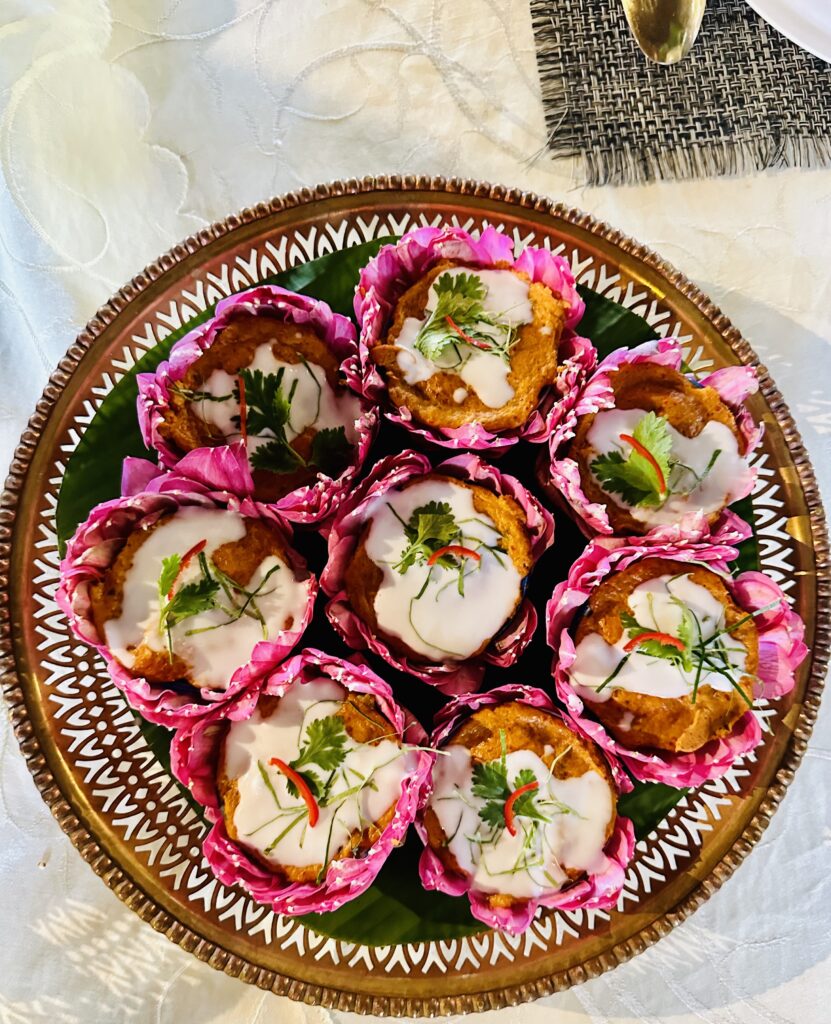
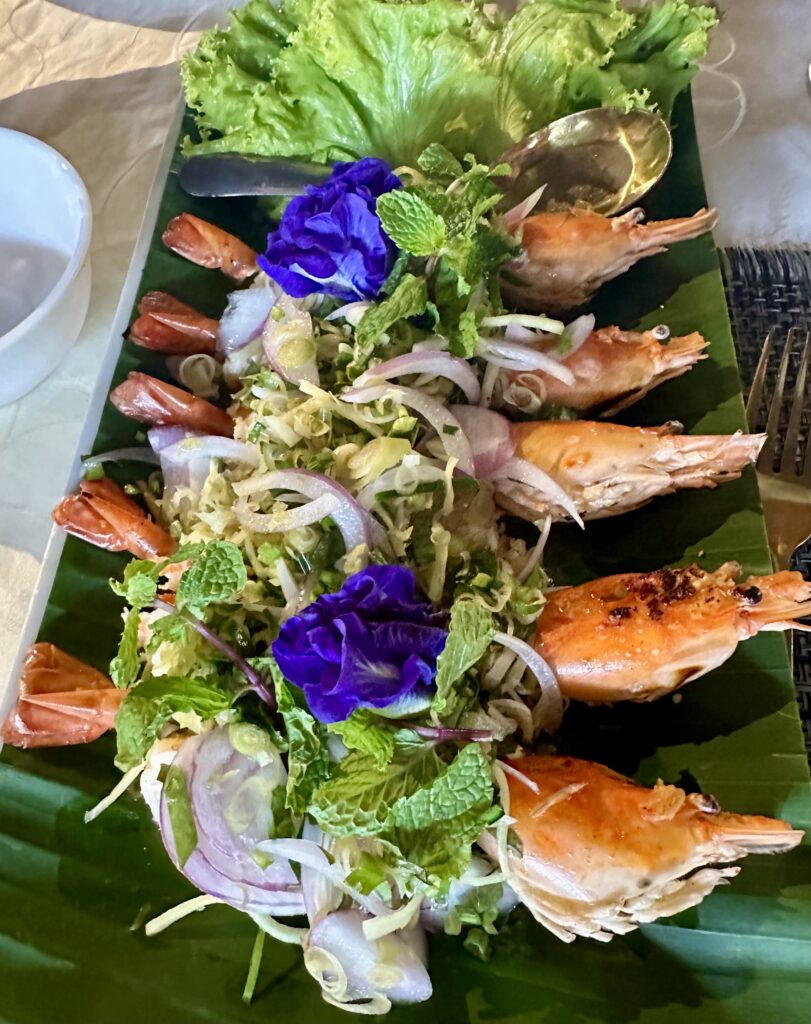
Accommodation pick: The Salil Hotel Riverside Bangkok is a magical, multi-award-winning wonderland envisioned by its CEO, Salilla Atikarnbodee. The Salil Hotel Riverside is no ordinary hotel. It is styled as a mythical oasis with resort amenities on the river, and it offers both urban sophistication and an otherworldly appeal. Just last year, Salil picked up World’s Leading Riverfront Hotel and Thai Leading City Hotel at the World Travel Awards; New Hotel Construction and Design for Thailand at the International Property Awards; Best Lifestyle Hotel in Thailand, Haute Grandeur Awards; Best Luxury Concept Hotel – Global, World Luxury Hotel Awards; Best Luxury New Hotel – Thailand, World Luxury Hotel Awards.
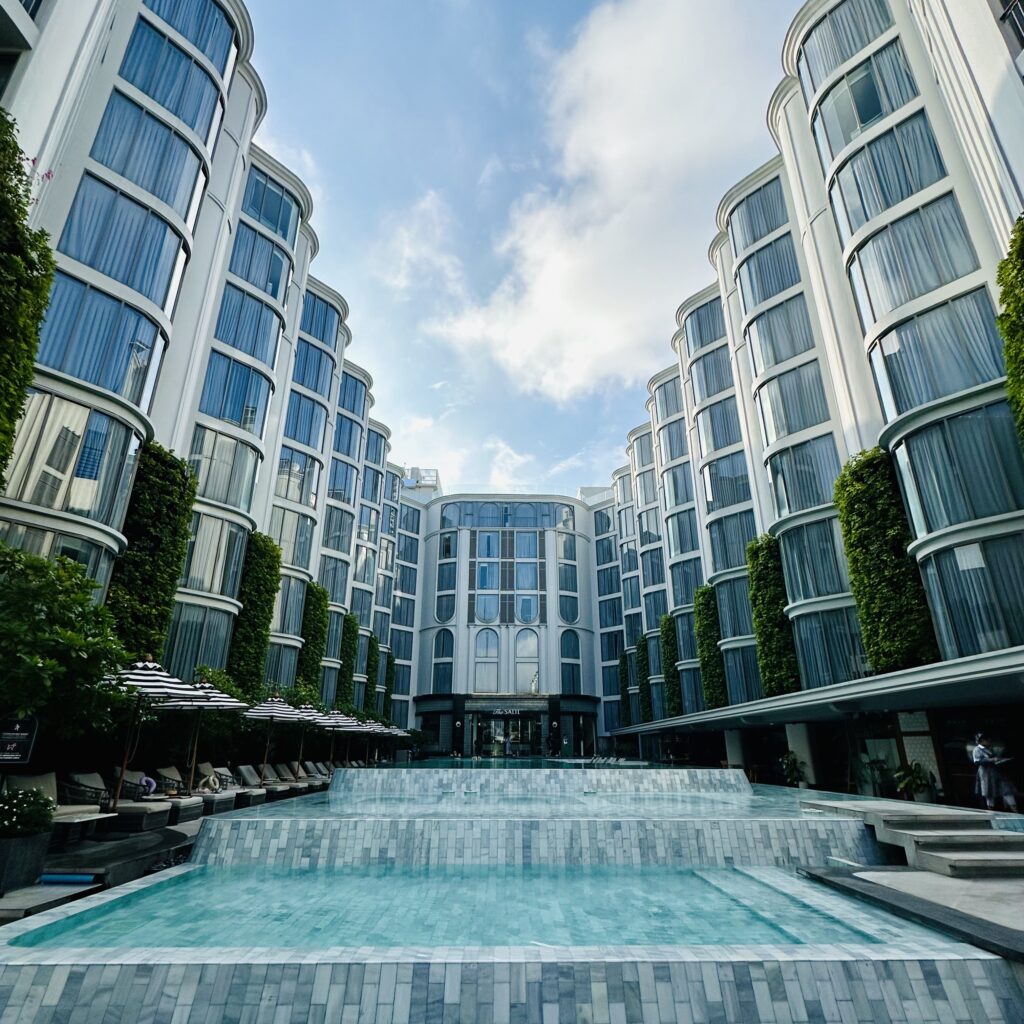
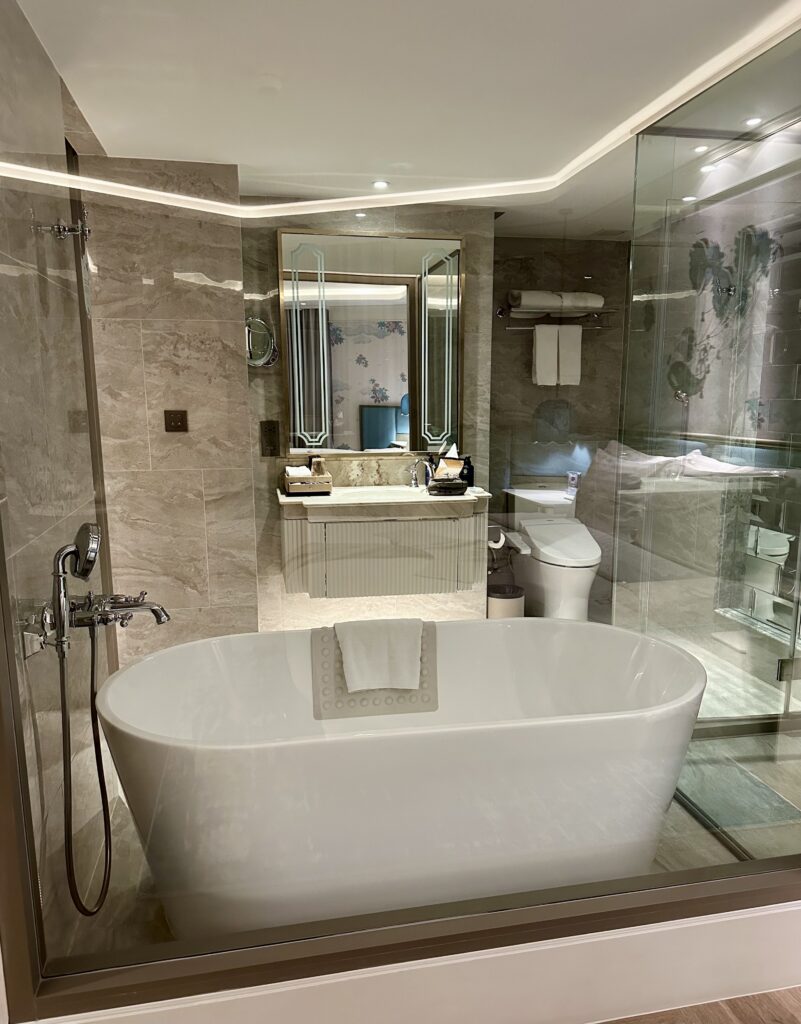
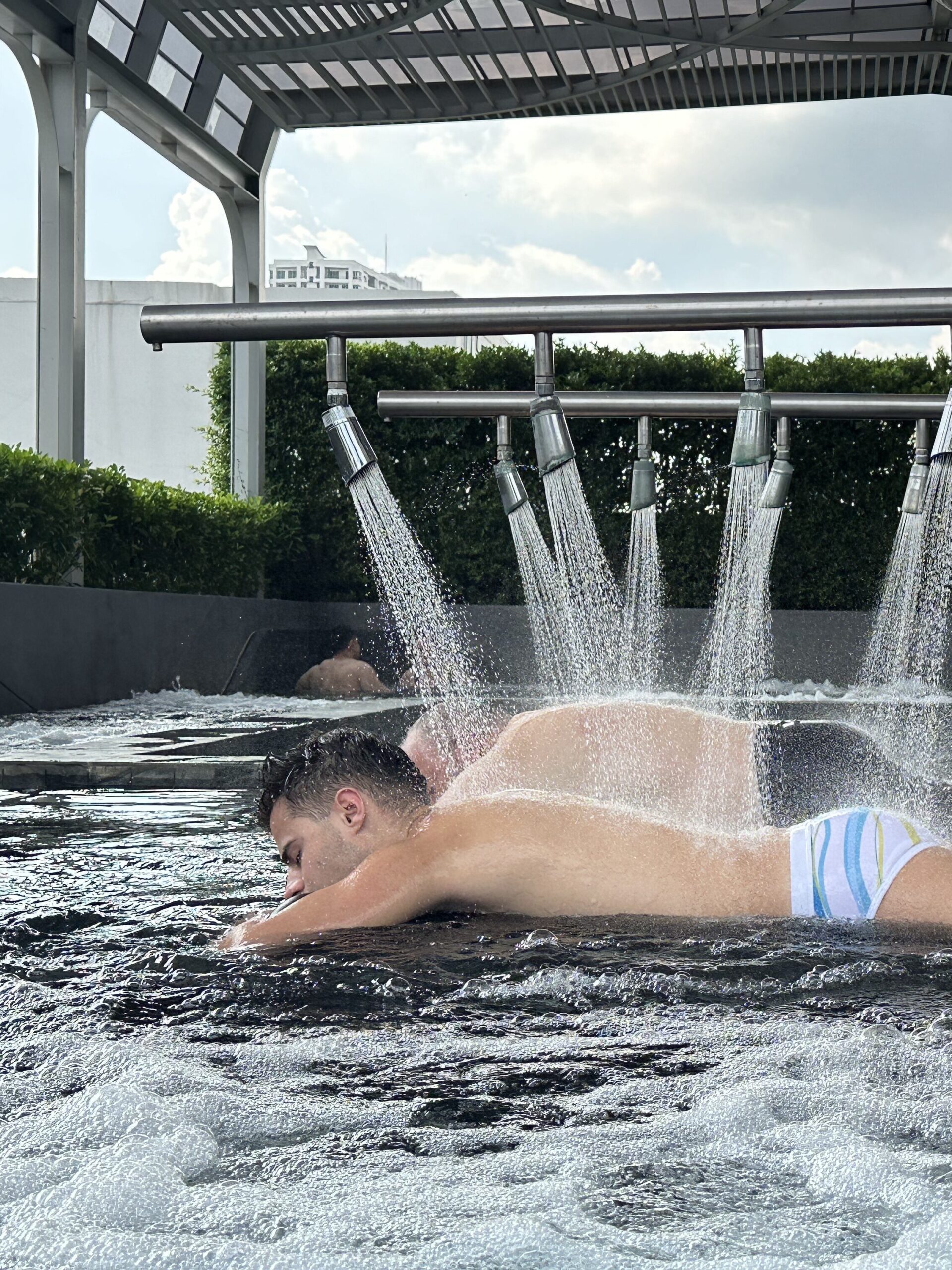
At the heart of the Salil’s pavilions is the stepped swimming pool (which will tempt your inner influencer for that Instagram opp); and a choice of food and drink options for dinner, drinks, coffee, and snacks. The buffet breakfast is a world beater, offering a la carte eggs plus a smorgasbord of Asian and Thai delights—from sushi and dumplings to the best green pork curry I have ever tasted. All the food and drink on the property is exceptional, as you could expect when the general manager of food and beverage is former chef Patrick Duff. During your stay, be sure to use the services at the rooftop spa, including deliciously relaxing hydrotherapy, where various water pressures will remove any trace of jetlag. The services are both expert and inexpensive compared to what you would pay at home.
Chiang Mai
A short flight from Bangkok via the reliable Thai Airways is the flower of Thailand: Chiang Mai, the second-largest city in the mountainous north of the kingdom. Founded in 1296, Chiang Mai was the capital of the independent Lanna Kingdom until 1558. Its Old City area still retains vestiges of walls and moats from its history as a cultural and religious center. It’s also home to hundreds of elaborate Buddhist temples, including 14th-century Wat Phra Singh and 15th-century Wat Chedi Luang, adorned with carved serpents.
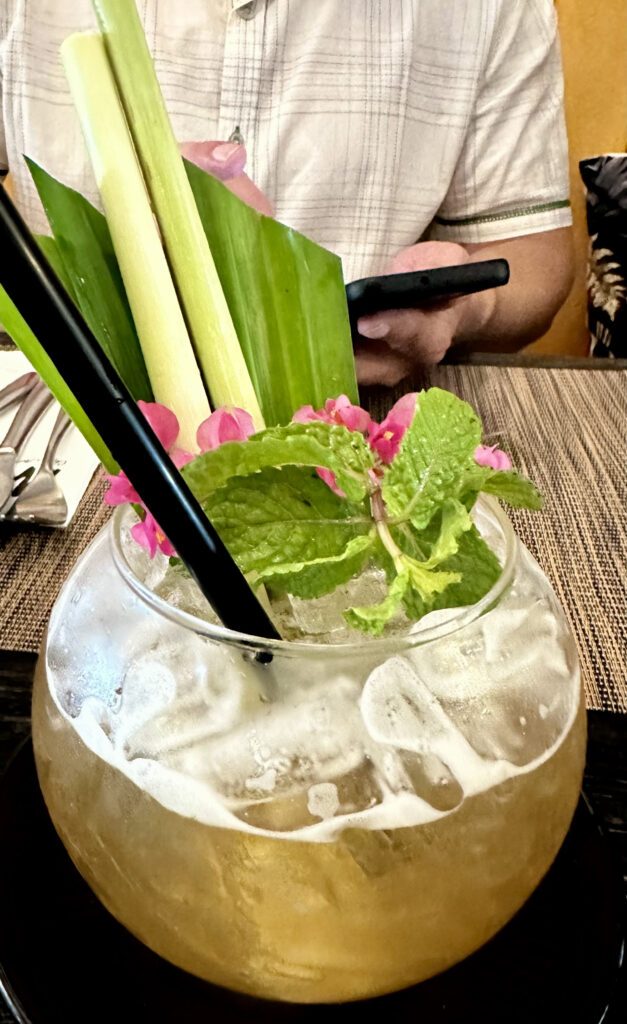
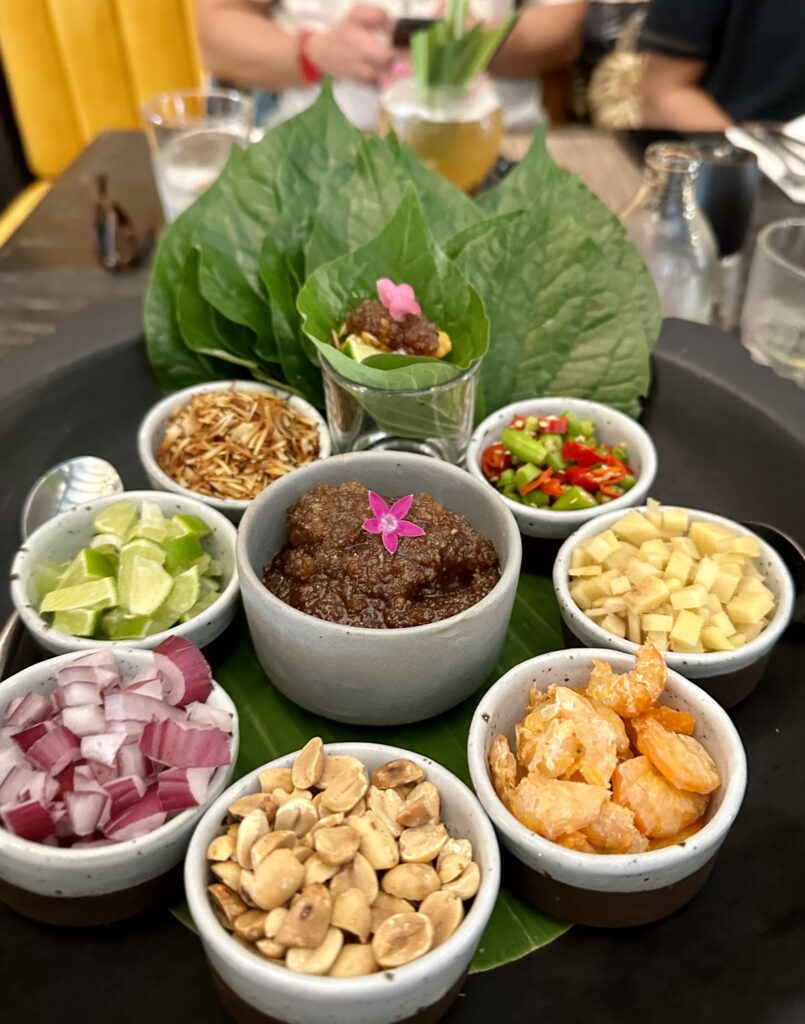
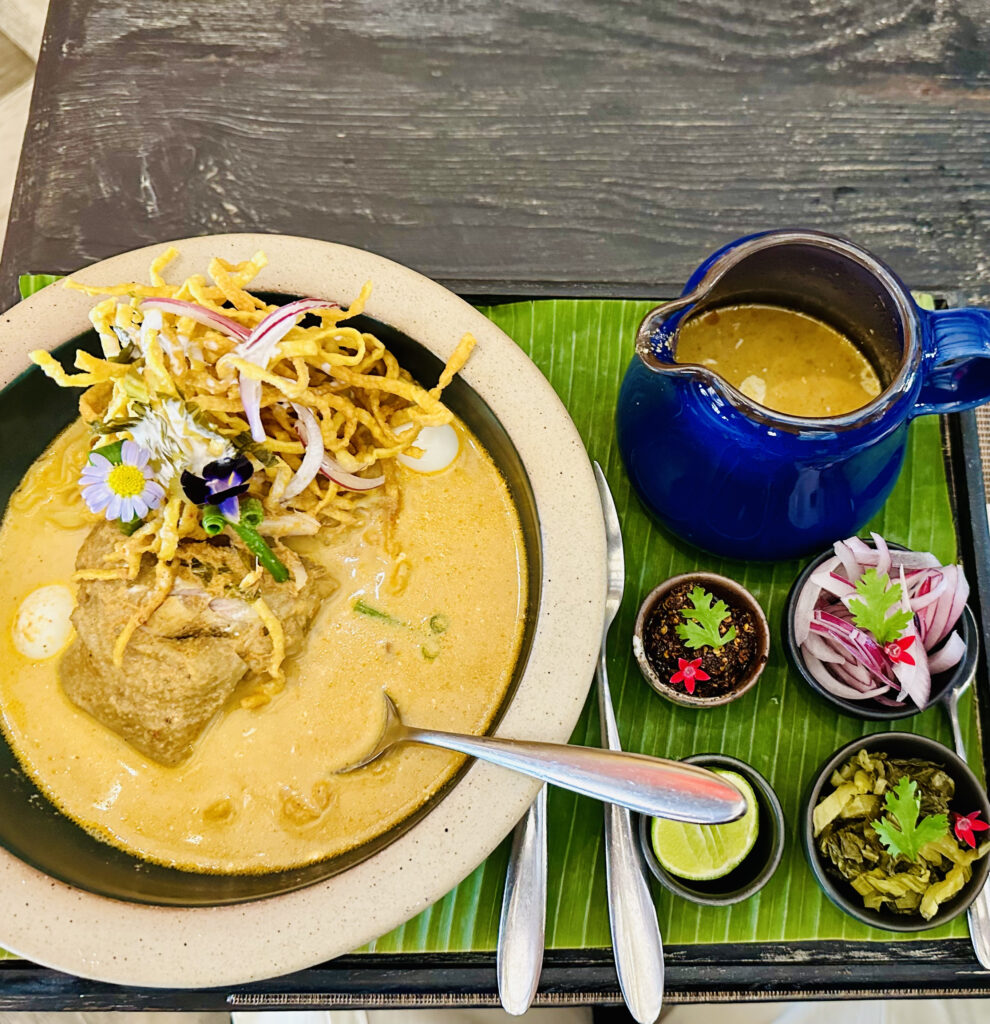
As soon as you land in Chiang Mai you will feel like you’re in a far more rural and rustic city than Bangkok. The difference is visual and climatic, but it’s also present in the food where local dishes and a farm-to-table ethos shine. Grab lunch at Woo Café & Ary Gallery for a preview of what the region offers: an impeccable combo of fresh takes on Thai tradition complemented by beautiful arts and crafts. This cafe has a wide array of specialty beverages, local Thai savory dishes, and exquisite sweets and pastries. Fresh herb and flower garnishes on food and drink are a signature of this region.
For dinner, Michelin-rated Ginger Farm Kitchen serves classic takes on local dishes in a pleasant atmosphere. Chiang Mai is lovely at night, so after you’ve finished dining, be sure to take a stroll, followed by Wualai Saturday Walking Street, Chiang Mai’s vibrant night market, where you can pick up inexpensive but artistic clothes, candies, and souvenirs.
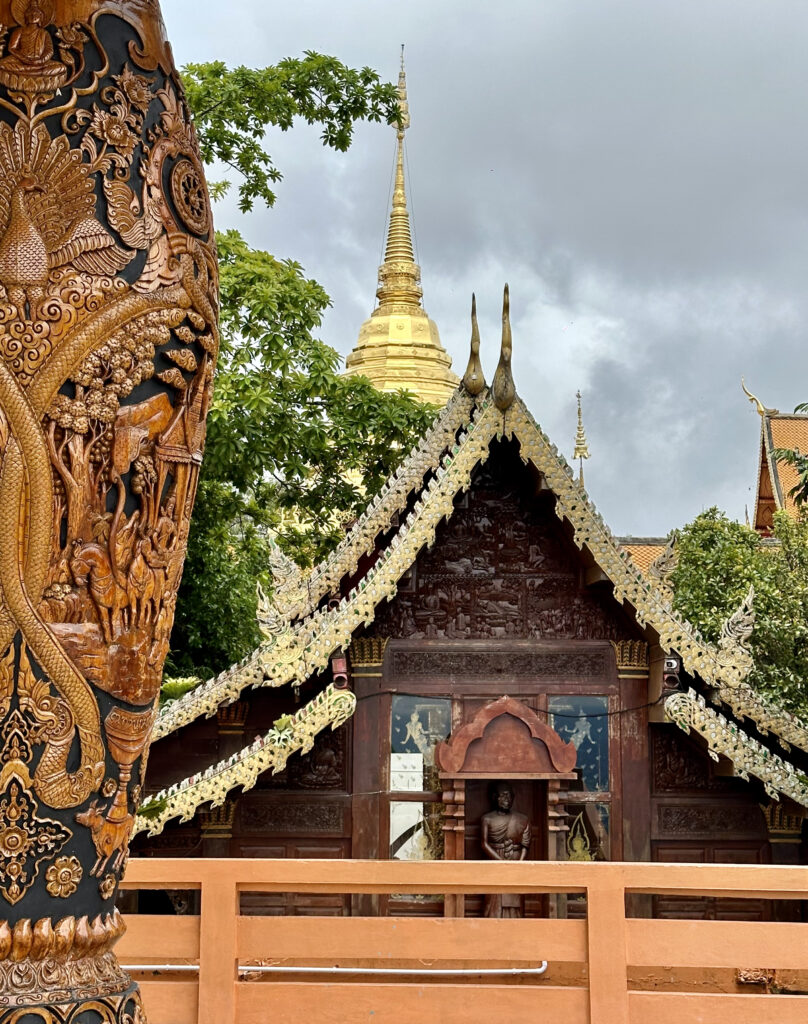
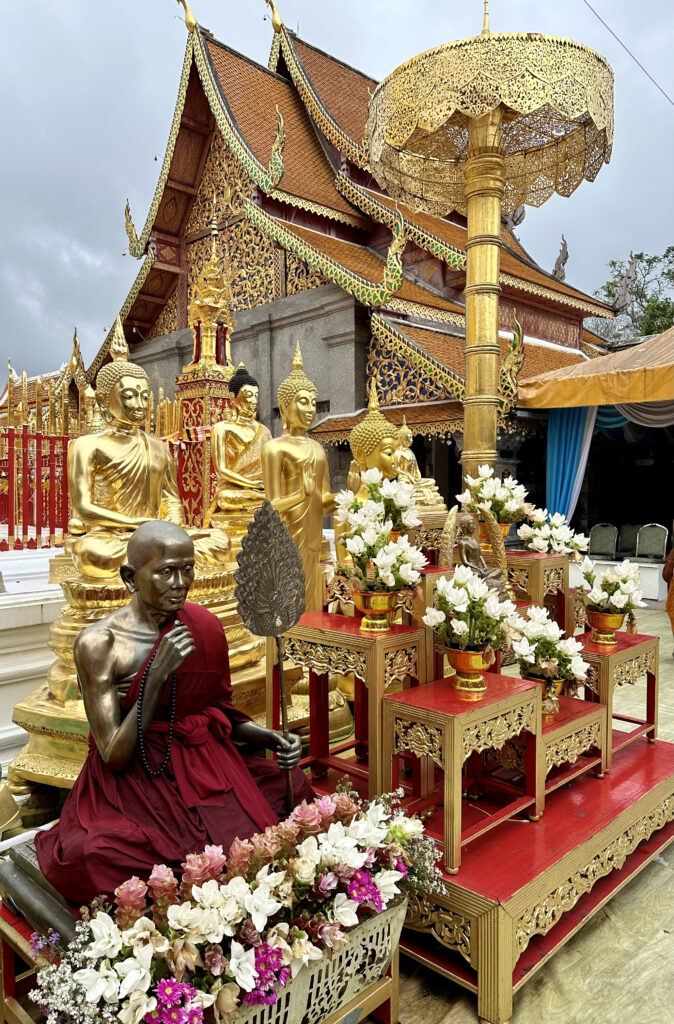
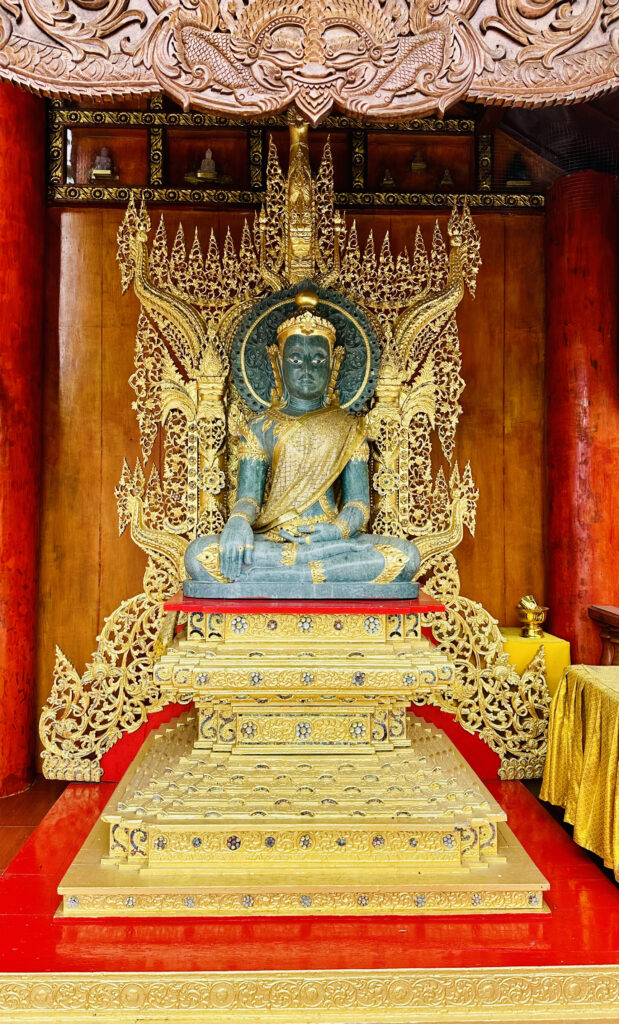
There are many wonderful temples in Chiang Mai, but many consider Wat Phra That Doi Suthep the most important temple here. What makes this wat so distinctive is its location on top of Doi Suthep Mountain at an elevation of 1,056 meters! Just a half-hour drive from downtown Chiang Mai, you enter a national park—and one of the most holy Buddhist sites in Thailand, dating back to the late 14th century. Climb the staircase of over 300 steps or, alternatively, take the funicular cable car up to the temple from the parking area and souvenir shops. At the summit, marvel at the 24-meter tall golden chedi, and numerous murals depicting events from the life and teachings of the Buddha. Plus, there is the seven-headed serpent statues that line the stairs to the temple, where a Chiang Saen-style golden pagoda and all its exquisite Lanna-style pitched roofs. I lost count of the different types of Buddhas and guardians, but make no mistake: This is a place to tap into your own spiritual essence and perhaps make an offering with incense.
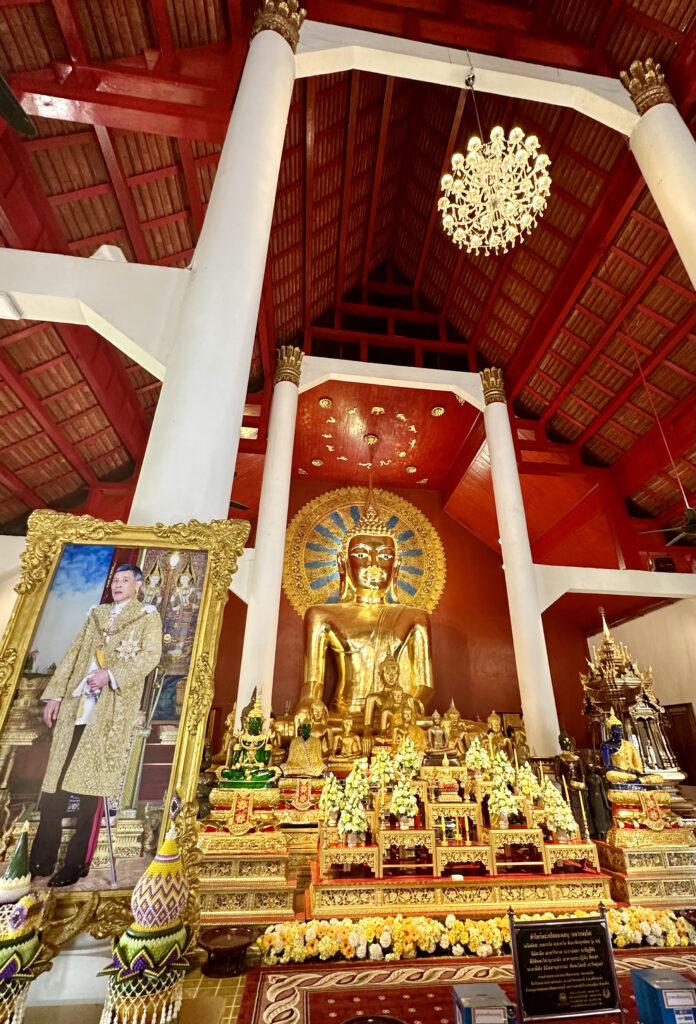
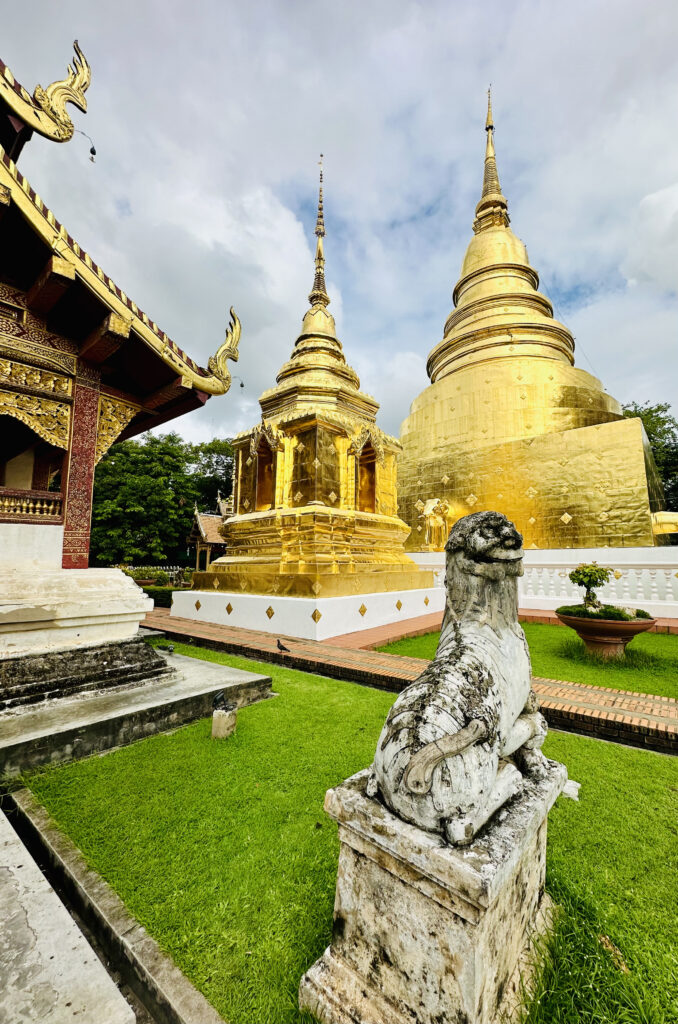
My other favorite temple was in old Chiang Mai town: Wat Phra Singh Woramahawihan. This temple is guarded by stone lions (Singhs), and I also saw an elderly cat reclining outside the temple, clearly performing its religious duty. A very strong spiritual feeling emanates from this temple, where construction began in 1345, and it is very historic indeed, with its historic murals and carvings fully intact.
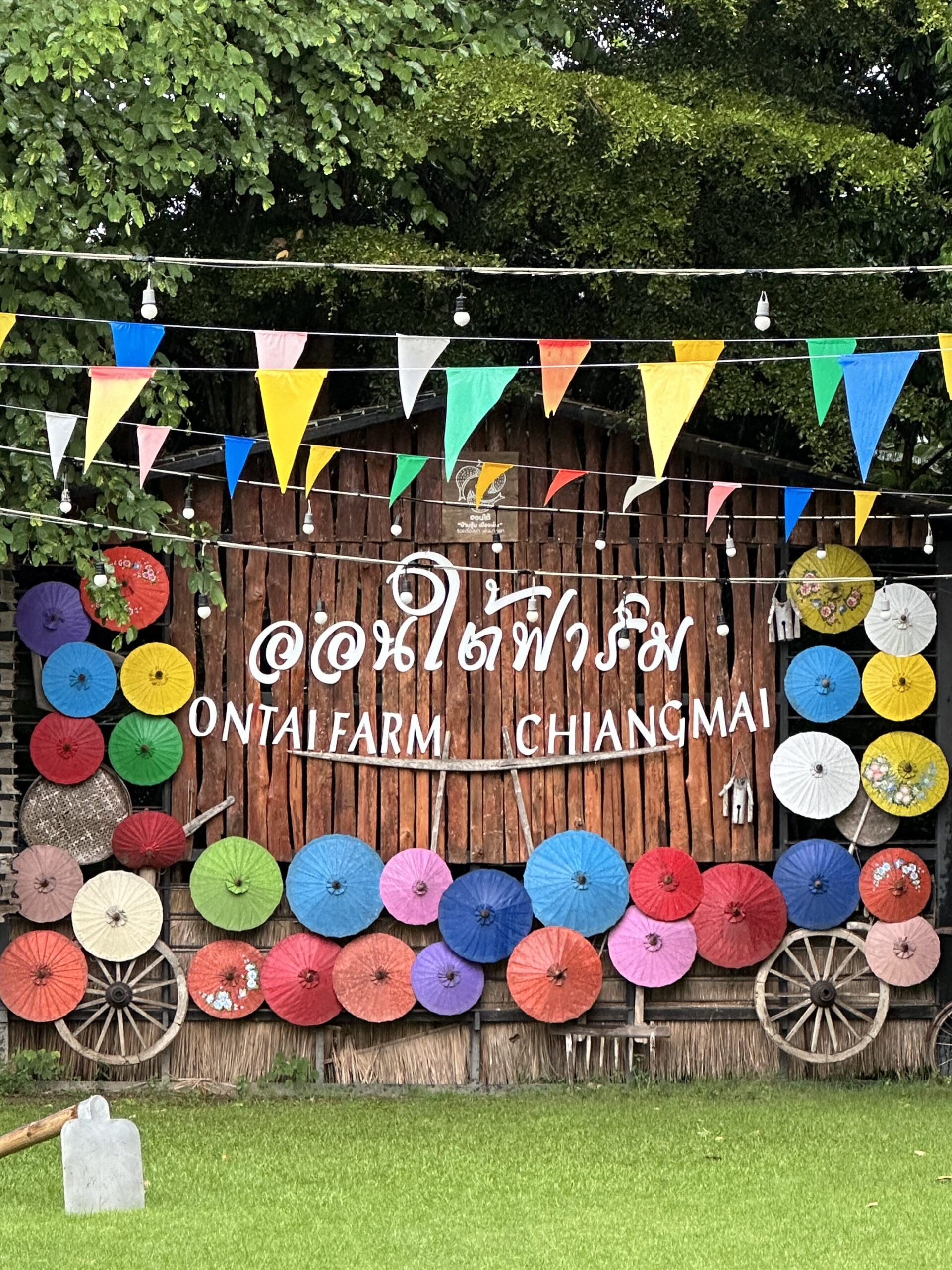
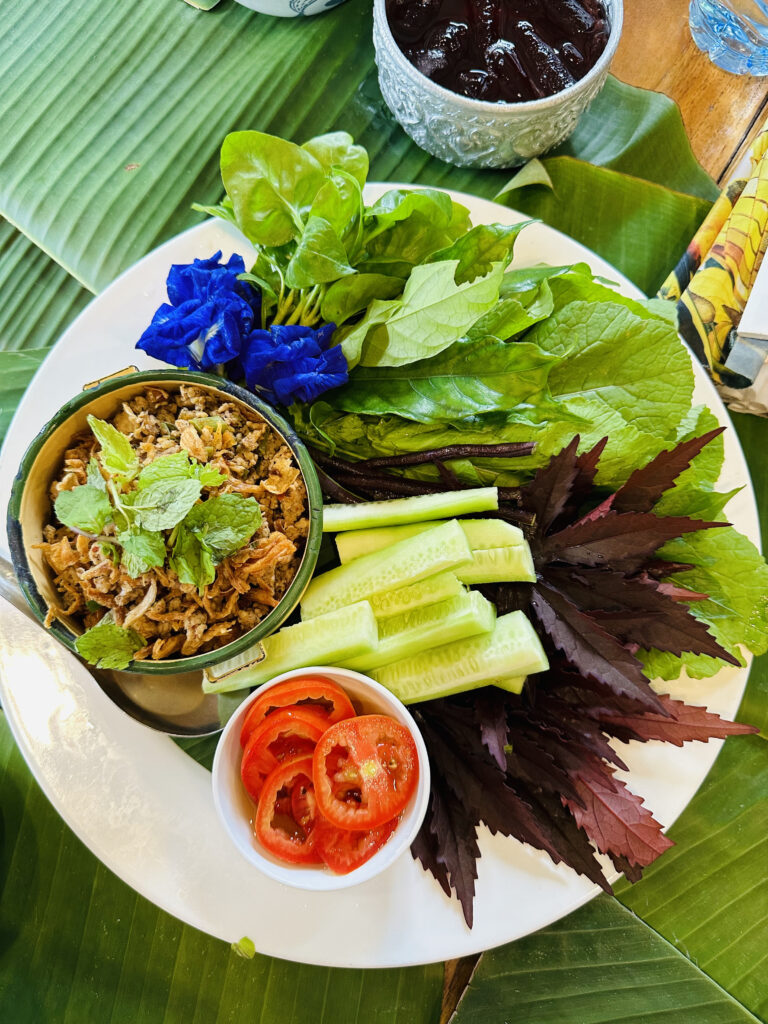
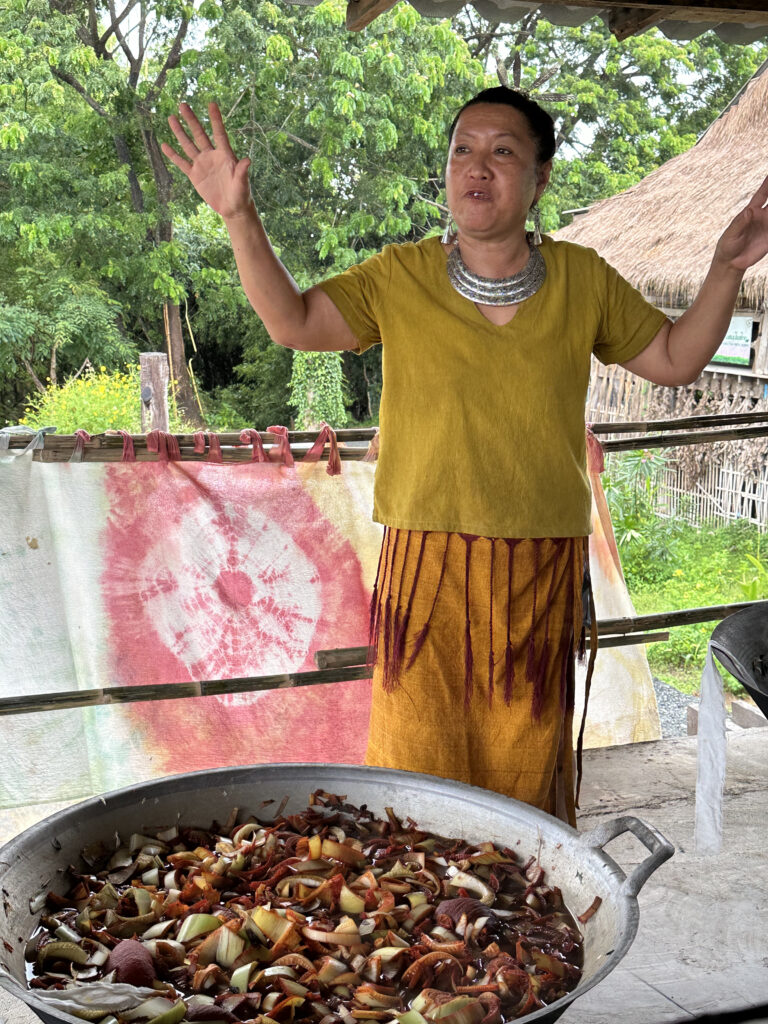
After visiting the temples, we drove to Ontai Creative Industry Village and enjoyed the activities offered there, including fabric tie-dying using natural pigments. Ontai Creative Industry Village was founded when villagers in 11 communities joined together to showcase their unique cultures, way of life, local products, and farm-fresh produce. After our textile tie-dying adventure, we enjoyed a lunch made with the bounty of local organic farming. The meal served at Ontai Farm was outstanding, including flowers, herbs, and vegetables that I had never encountered before—all delicious and beautifully presented. This was a very special experience offered by kind and knowledgeable locals who live close to the earth.
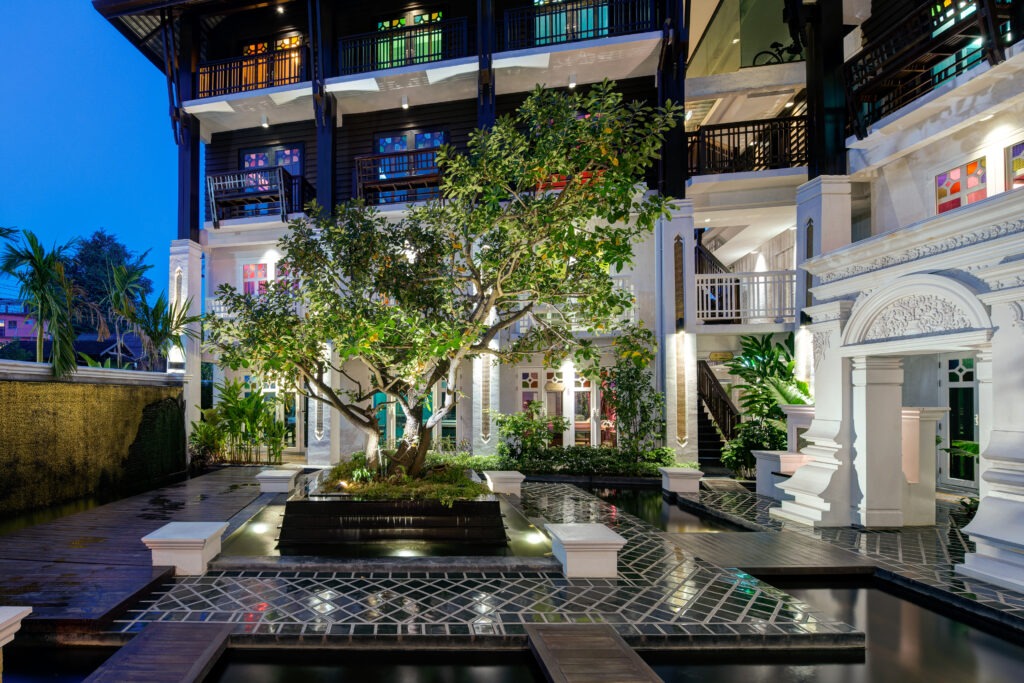
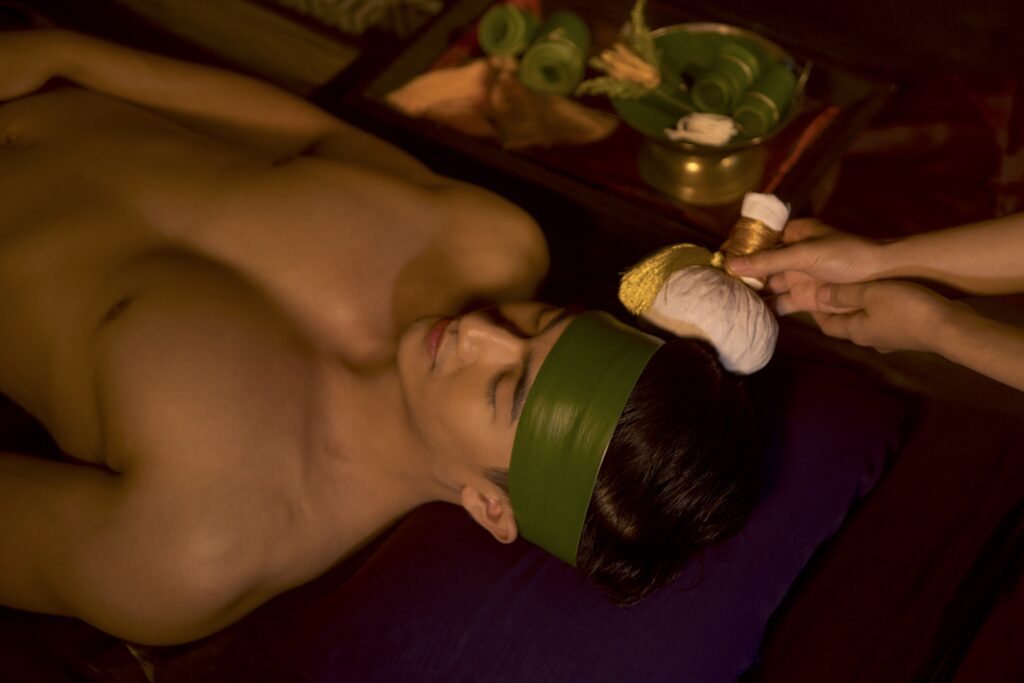
Following such an enriching day trip, it seemed fitting that we returned to the heart of Chiang Mai for more wellness adventures, this time at the sublime Zira Spa & Massage. If you have never had a Thai massage before or treatment using an herbal compress, I highly recommend it, especially for realigning your body, soothing tired muscles, and dealing with jet lag. This beautiful establishment has a calming atmosphere, a koi pond, and complimentary tea and coconut cake after your treatment. The staff are knowledgeable, kind, and strong!
After a day like that, you’ll want to keep the Thai excellence rolling, so Baan Landai Fine Thai Cuisine is a good choice for dinner. This refined restaurant serves Michelin-recommended classic Northern Thai dishes such as crab curry. And, of course, don’t forget to walk off dinner with one of Chiang Mai’s many weekend Walking Street night markets! Our tour guide, Annie, from Globe Holiday, helped me make all the right selections for some genuine bargain purchases.
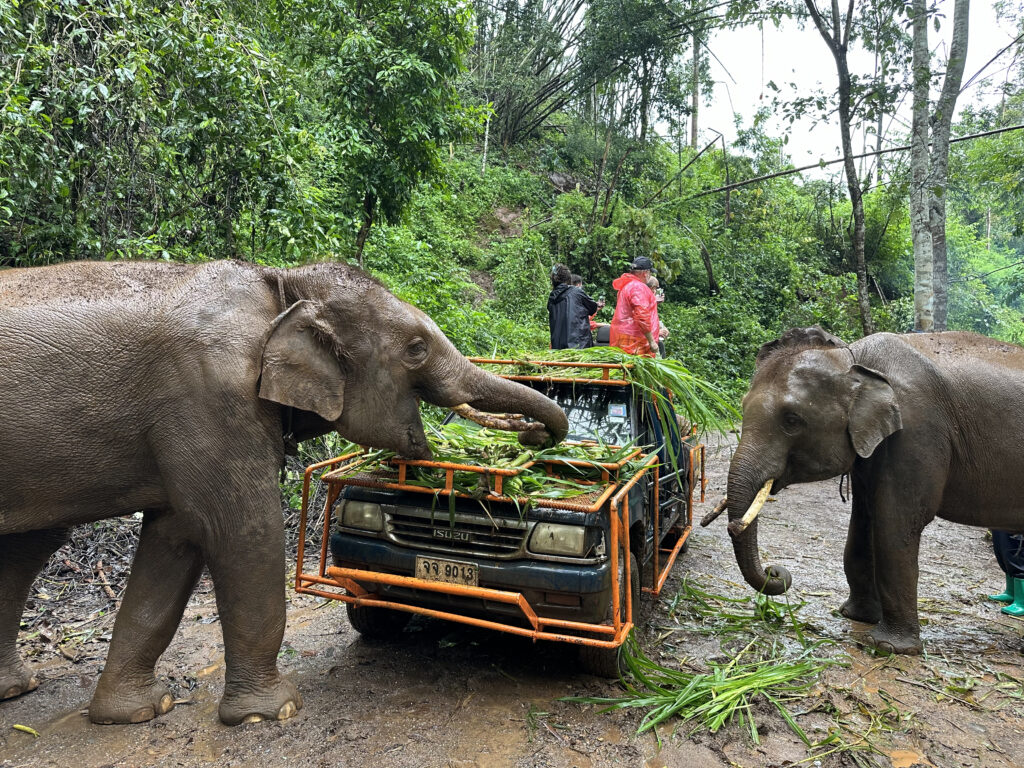
But perhaps the highlight of my visit to Chiang Mai was Patara Elephant Farm and the Elephant Safari Experience, high up in the lush and muddy mountain forests. Now, this is not an activity for the unhealthy or faint of heart, as you will be expected to trudge through mud, wade into a river, and feed and bathe the elephants. It’s work, and it’s transformative! You will be rewarded with memories and photographs to last a lifetime. You’ll get to touch the dextrous trunks of these lovely animals, feed them with green bananas, clean their hides and tusks, give them some exercise, and stare deep into their wise and expressive eyes.
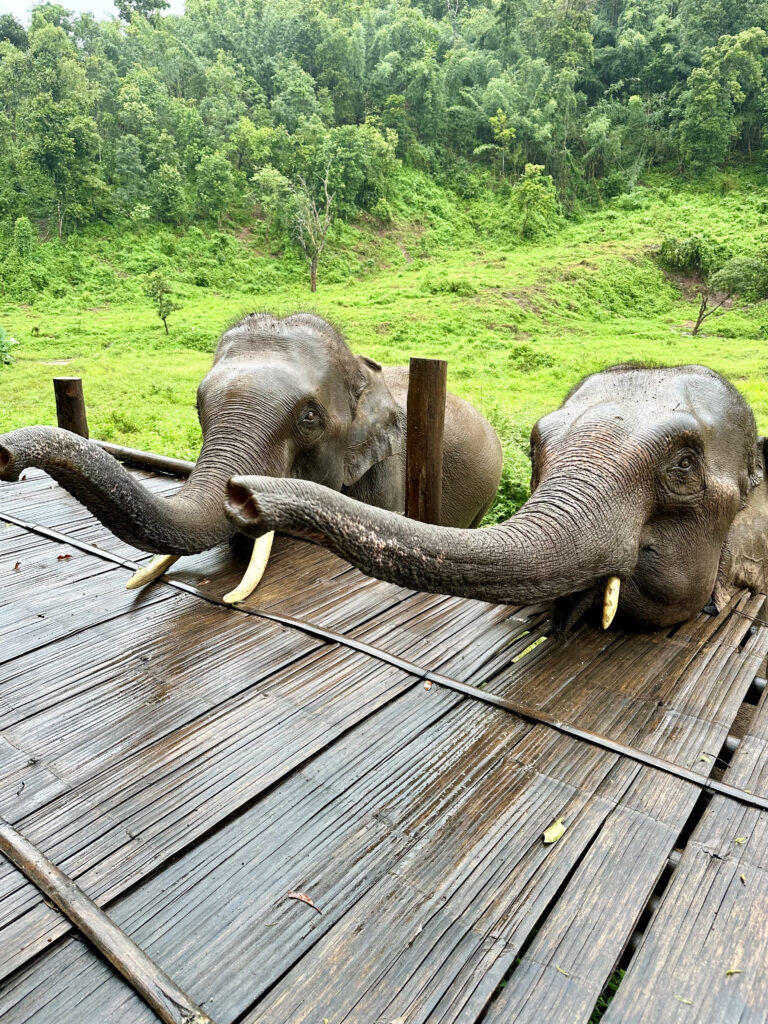
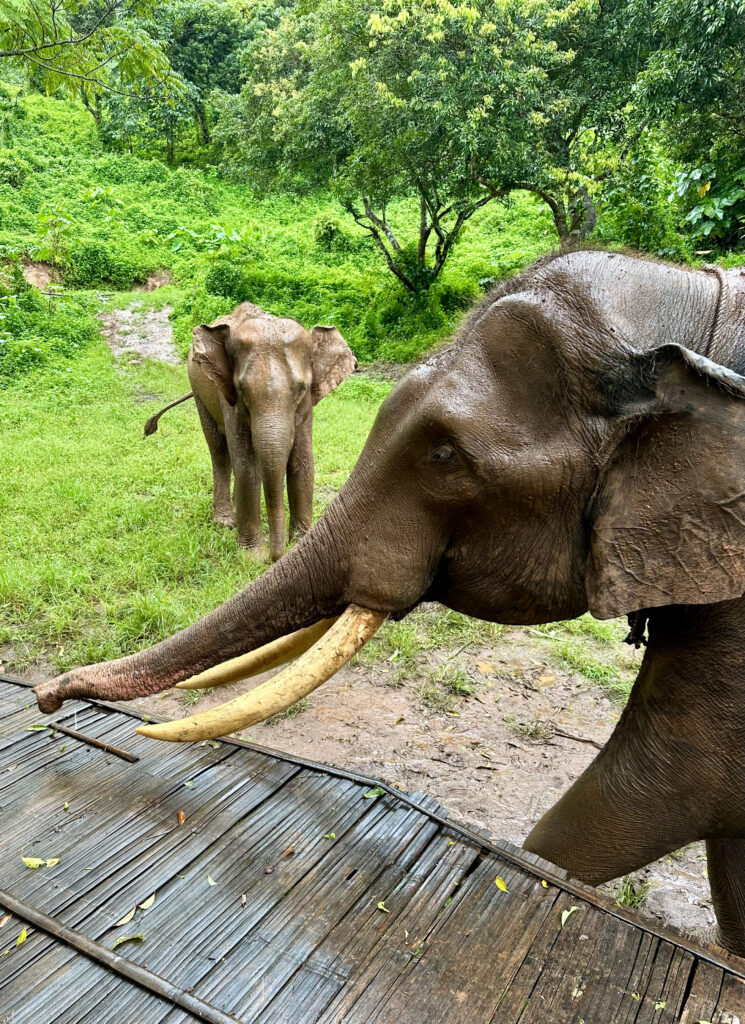
These incredible animals are free to live and roam as they please, and we are there just to help them stay healthy. After all that excitement, you’ll be served a jungle picnic of fried chicken and sticky rice treats as the elephants, Grandpa, Jumbo, and Baby, observe you with great curiosity. This is a safari like no other, and it will make you feel very special knowing you have added to the quality of life of these majestic mammals.
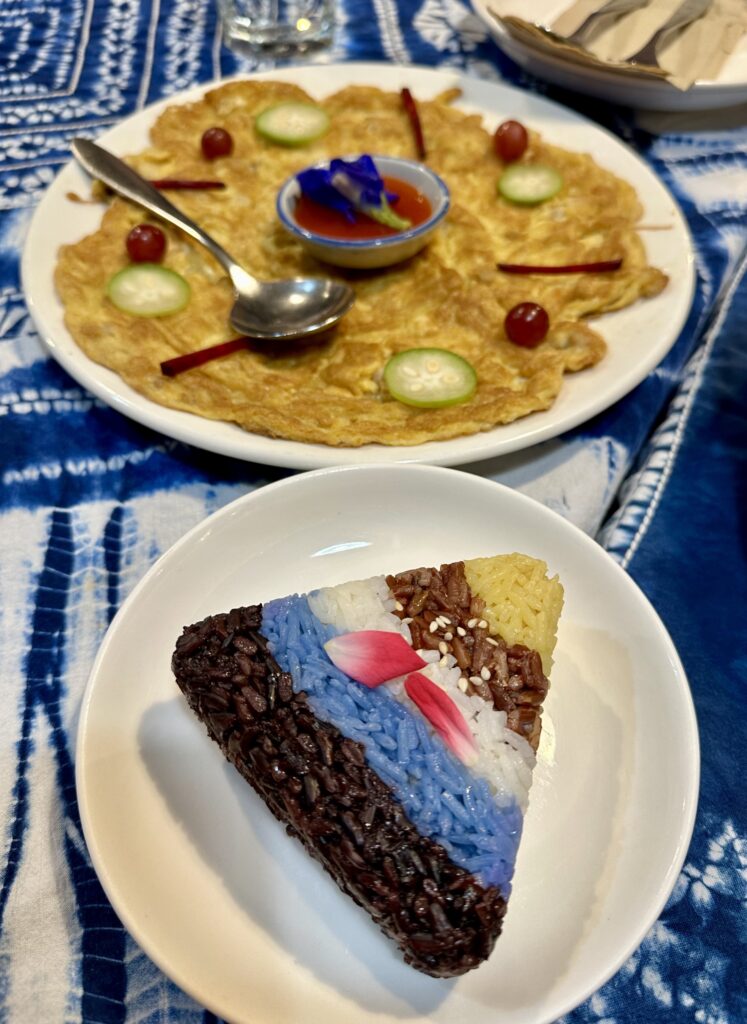
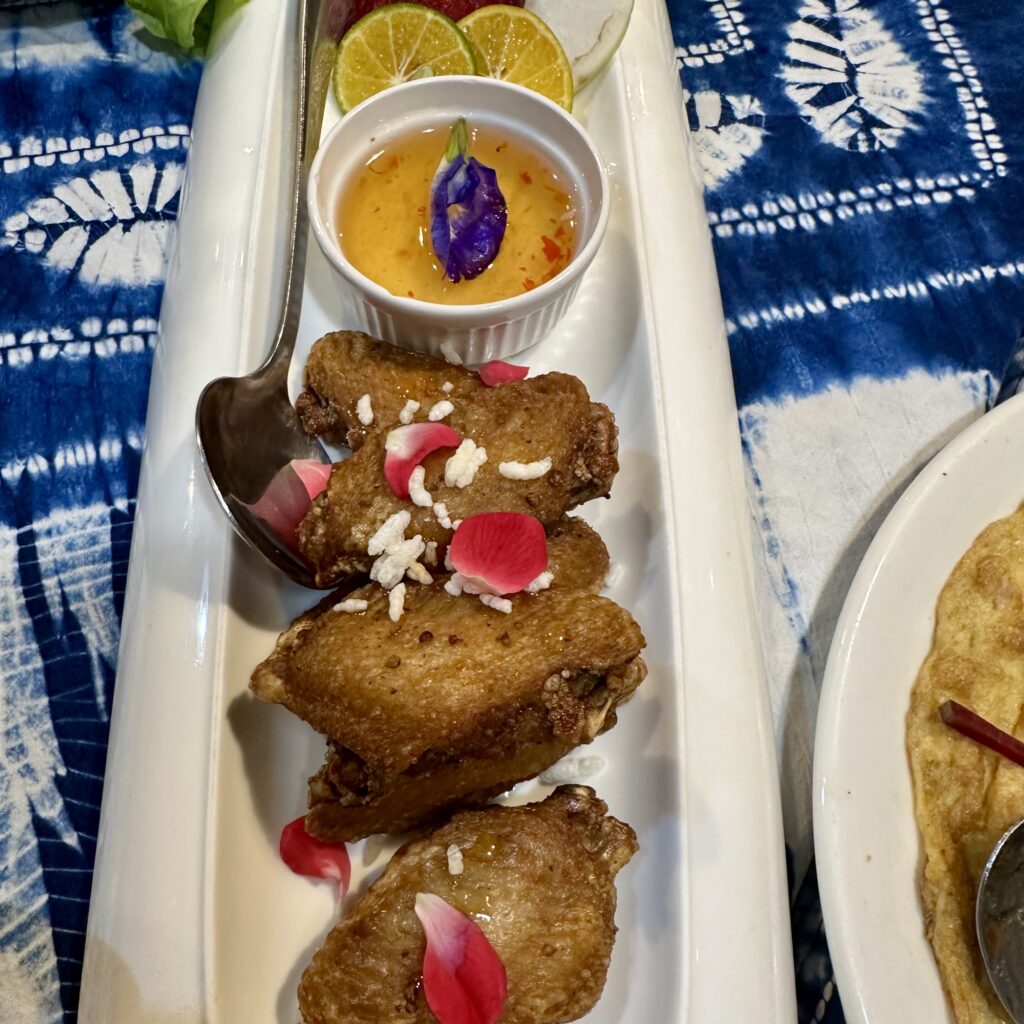
After all that activity in nature, there’s no better destination for dinner than Meena rice-based cuisine. This Michelin-recommended, family-friendly alfresco restaurant showcases innovative Thai dishes featuring edible flowers and pyramids of multicolored rice. The healthy, delicious, creative food is complemented by an extensive array of colorful Thai juices, coffees, and teas. This is a simple and joyful place, and it reminded me that food is always medicine for the body and spirit, especially in Thailand.
Accommodation pick: Na Nirand, a stunning property on the Ping River, has all the convenience of being located in the heart of Chiang Mai while also being in the heart of nature. Na Nirand is situated next to the ancient Wat Chai Mongkhon temple, just 5 minutes away from the Night Bazaar, and only 15 minutes by car to the Chiang Mai International Airport.
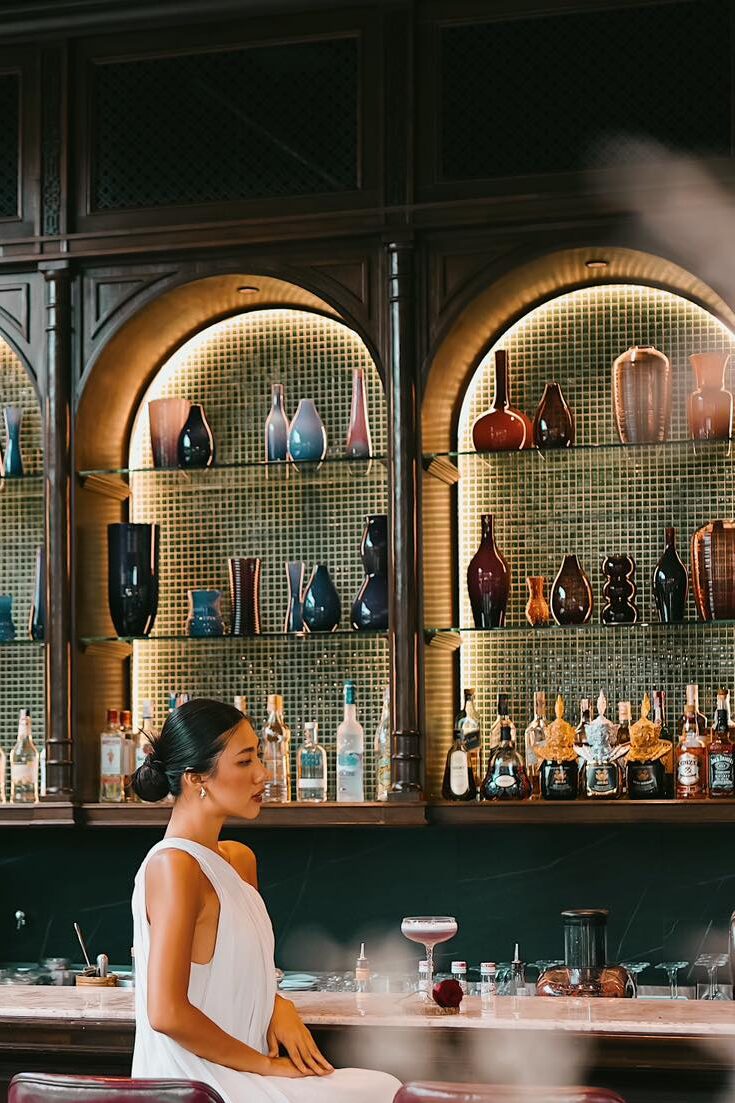
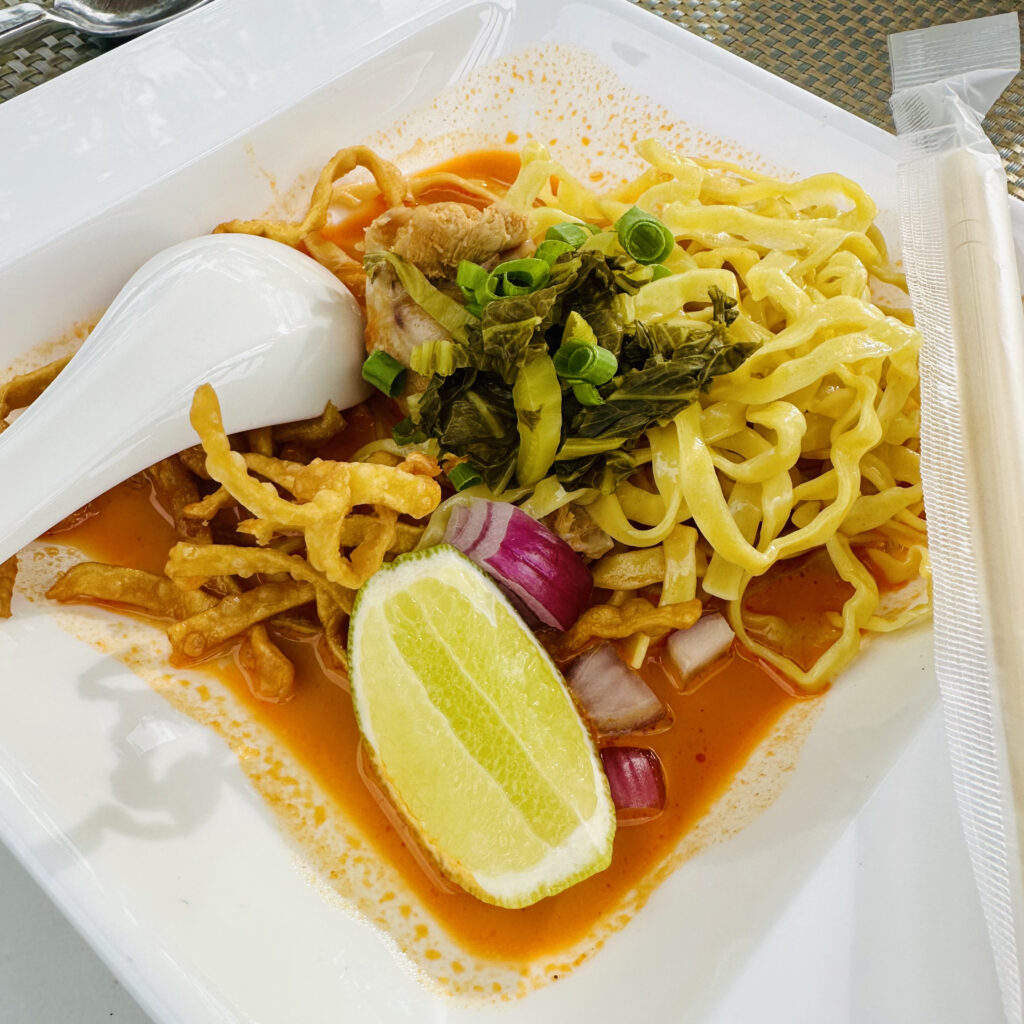
The site of Na Nirand was the first Royal Forest Department, and legend has it that the giant 100-year-old Rain Tree that towers uniquely over Na Nirand was planted by Mr. H. Slade, the first Conservator of Forests in that era. The resort is built around indigenous trees, incorporating the tranquility of nature. During the reign of King Rama V (19th century), outside influence was spreading to Asia. So, depending on your chosen room, you will be indulged with a design inspired by British-Indian, Burmese, Siamese, or Chinese colonial-era culture.
Na Nirand is a romantic boutique resort, and for the full experience, book one of the six residences designed in the half-wood, Lanna-Colonial style. The 45 guest rooms are equally charming and come with a private balcony.
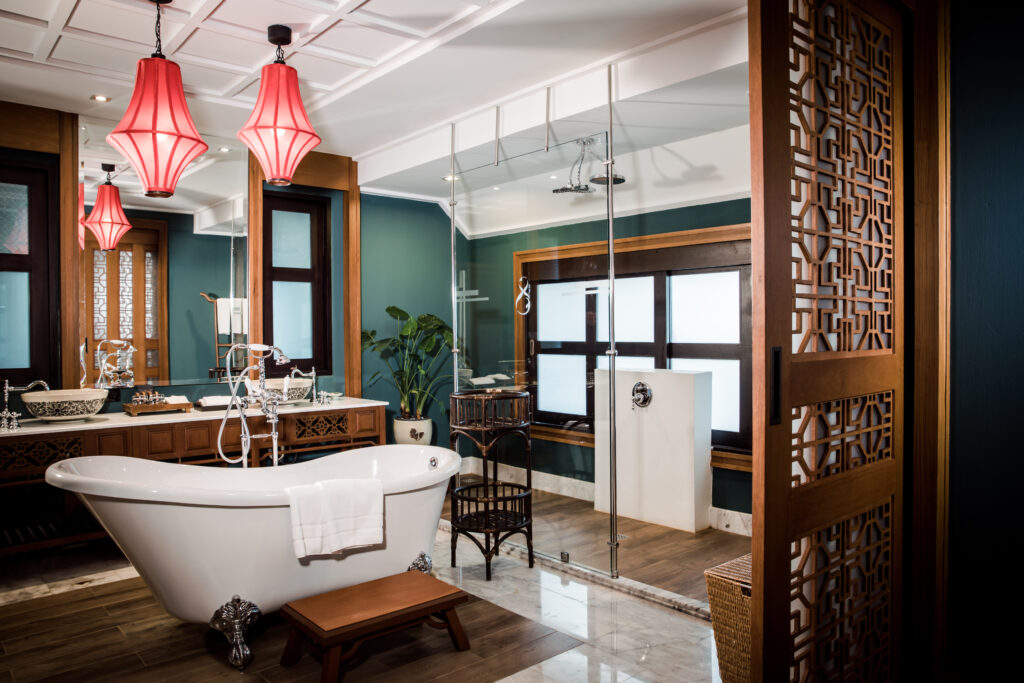
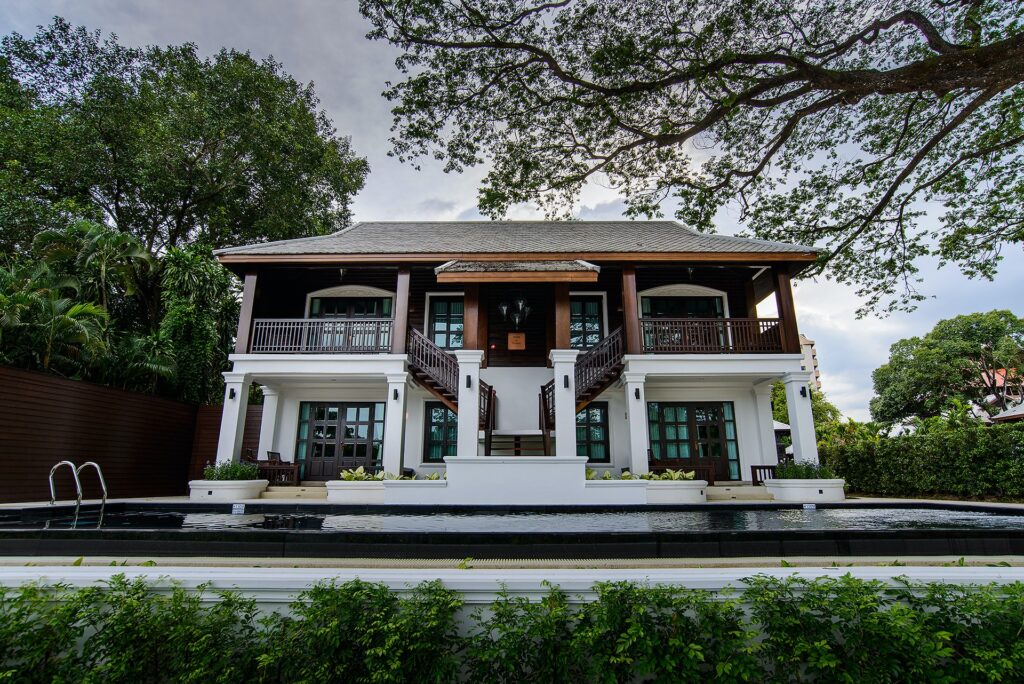
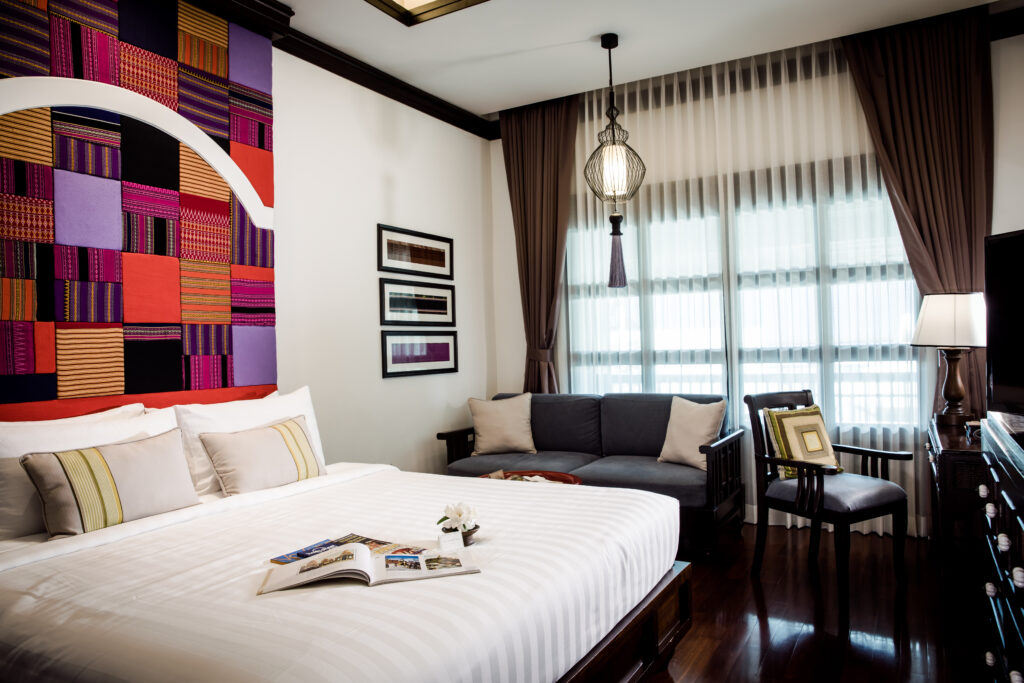
The vintage atmosphere is amplified by ornamental wood carvings and a pair of stucco elephants on the arches of the second-floor doors, reflecting the area’s history of elephant labor in the forestry industry. All the decor and accent pieces—from the woven cloths to the carved wood to the rattan—are either vintage or made by local village craftspeople.
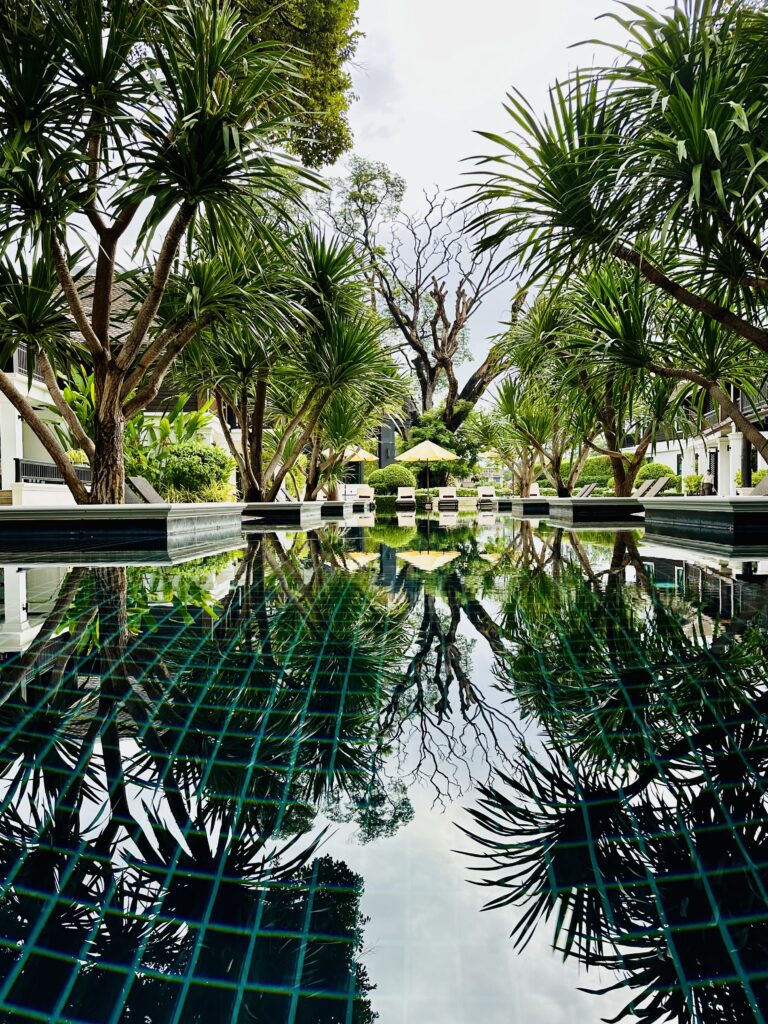
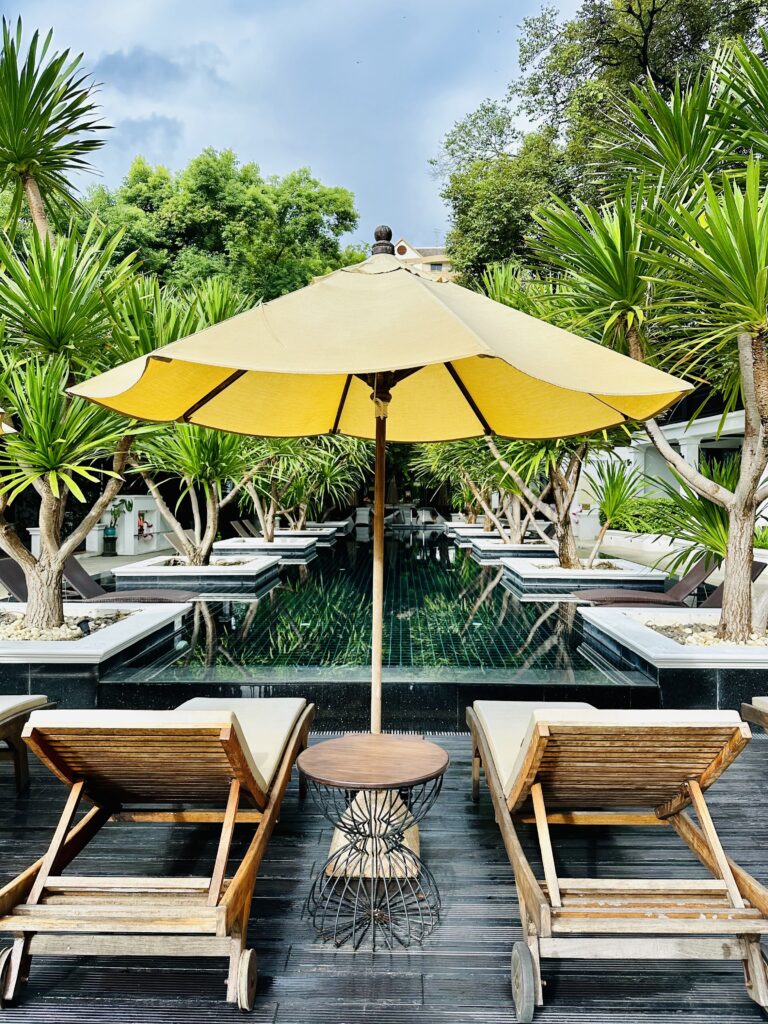
The pool, surrounded by tropical vegetation and with a handy bar nearby, is simply lovely—even when it’s gently raining, as it was during our stay. Breakfast overlooking the river is an indulgent treat. I’ve never had such a range of temptations, from perfect espresso coffee and freshly baked croissants to Thai duck breast with black rice! I know I will miss the bounty of Chiang Mai, and Na Nirand was the perfect place to experience it.
Krabi
Krabi, the capital of southern Thailand’s Krabi Province, is a resort town near the Andaman coast. What makes this region so distinctive is the striking limestone karsts—landforms produced by this soft stone that dissolve over time, forming stunning cliffs, towers, outcrops, and ridges that seem to defy gravity. Add to that lovely palm trees, mangroves, and blue-green water, and you have the makings of paradise. The Andaman Sea is known for its photogenic Phi Phi Islands, accessible by boat. Ridiculously picturesque, Krabi was featured in the final two episodes of season 27 of ABC’s hit reality series The Bachelor, including the finale.
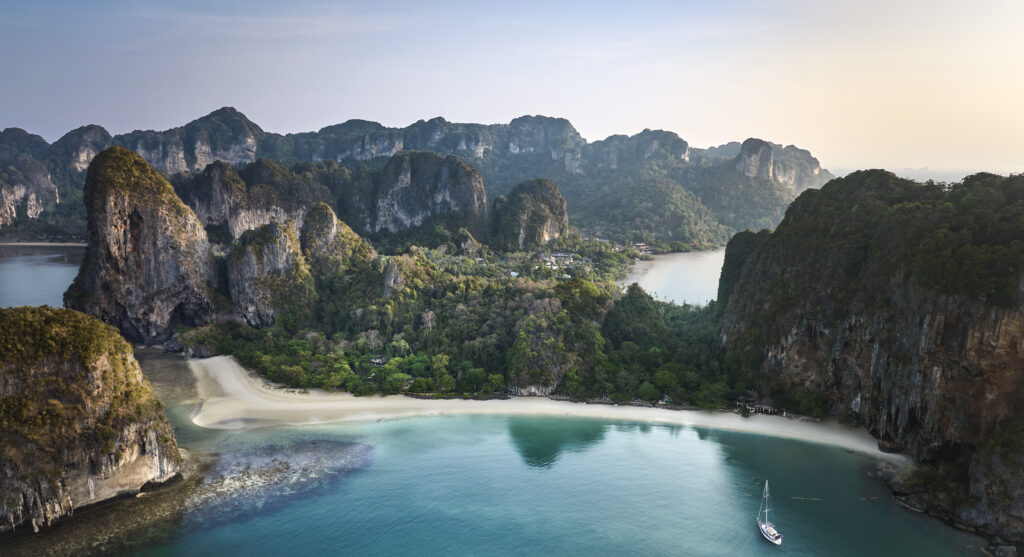
We flew in from Chiang Mai (just two hours) and were met by our Globe Holiday tour guide, Nai. Our adventure on the last leg of our journey began with a dim sum breakfast at Maharaj Taetiam, an open-air cafe of pick-to-cook dishes. The dumplings are excellent!
Krabi has many notable temples, and we began with Wat Bang Thong (Wat Mahathat Wachirammongkhon), an eye-popping Buddhist complex off the beaten path of tourists. This place is spectacular, and you can easily spend an hour here marveling at the sheer scale of the decorations.
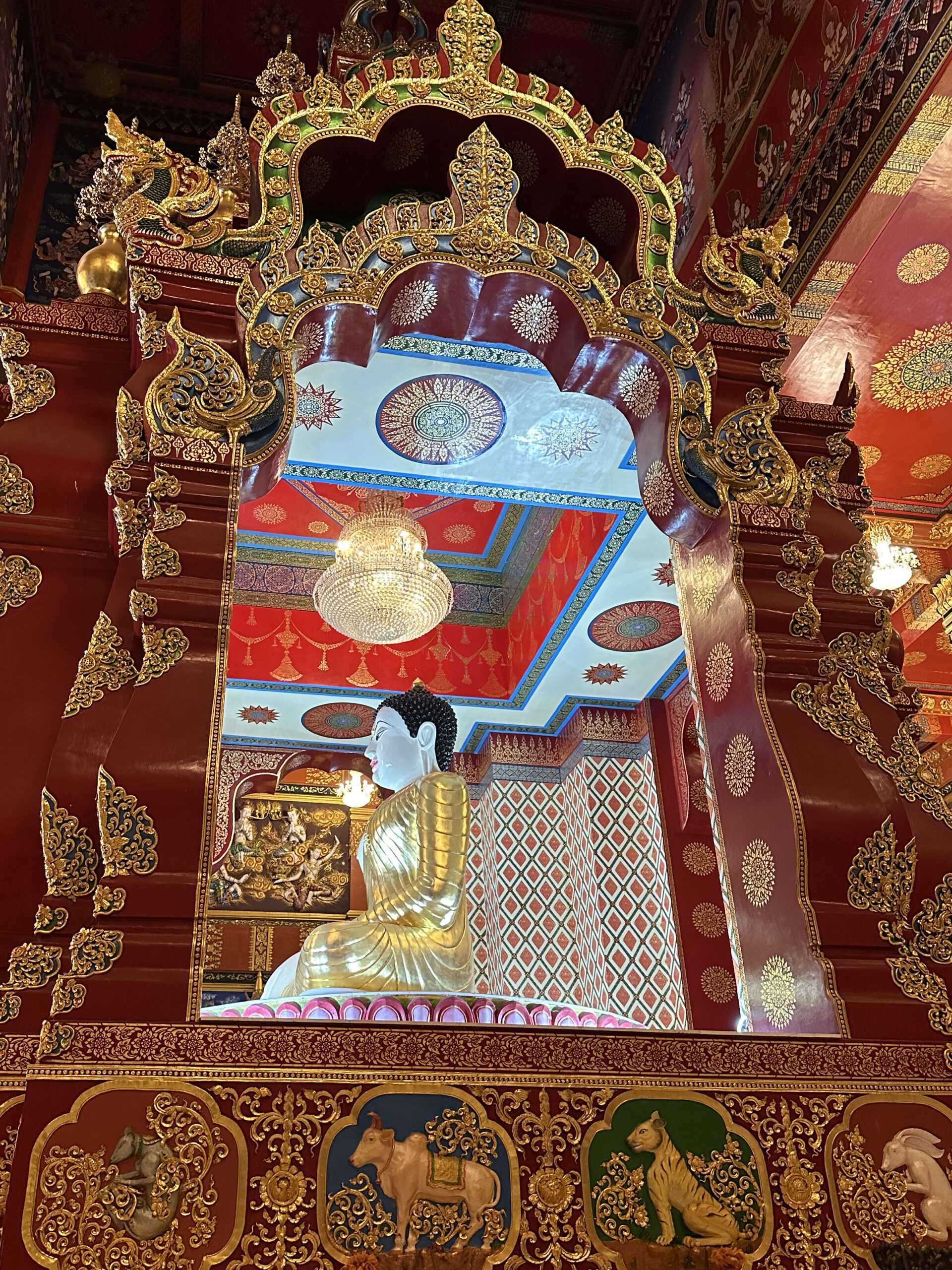
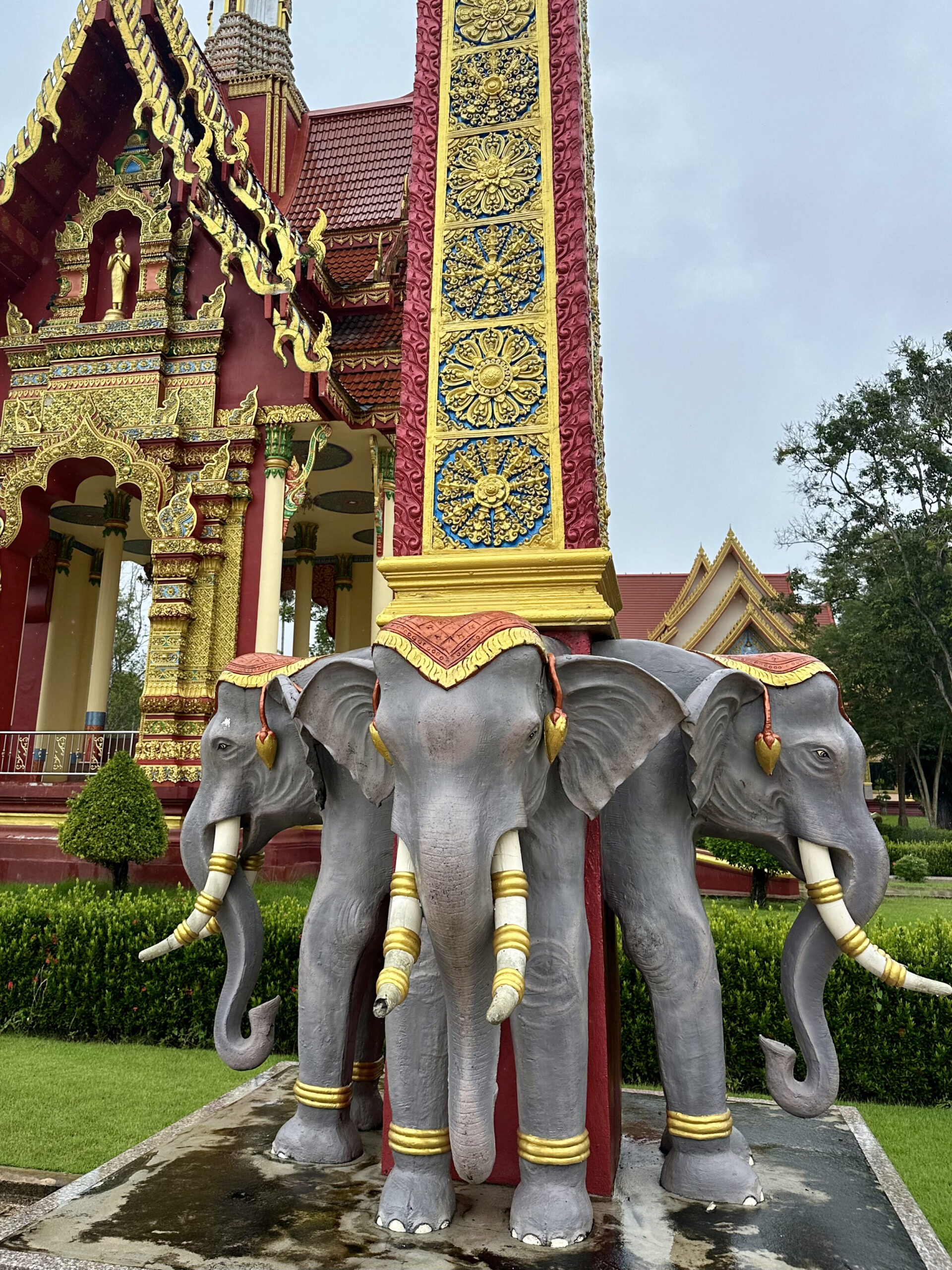
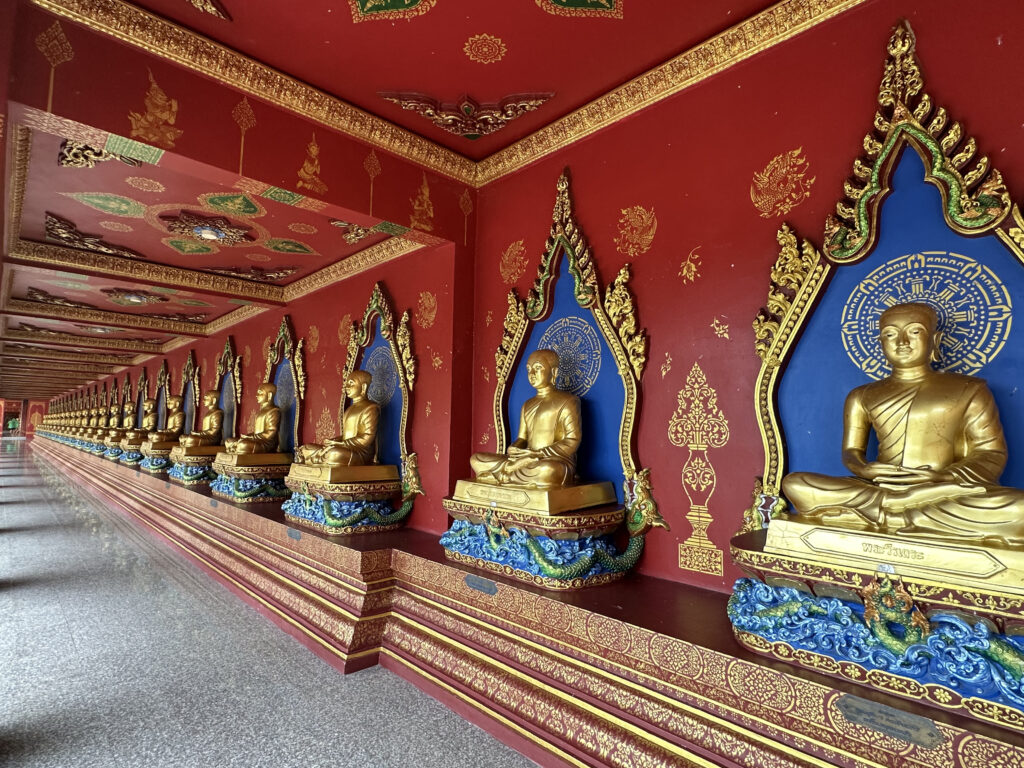
Before checking into our resort, we stopped at Ruen Mai Restaurant, a beach-themed outdoor oasis underneath thatched roofs with a calming, relaxed vibe and all the Thai classics, including fresh local fish. Then it was off to Nong Nuch Pier at Krabi town to take the boat to Rayavadee Krabi Resort.
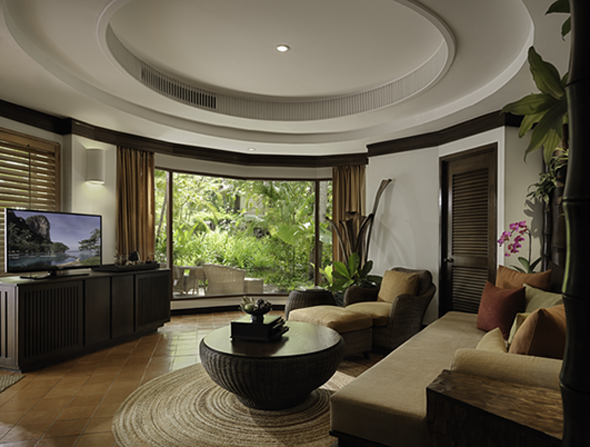
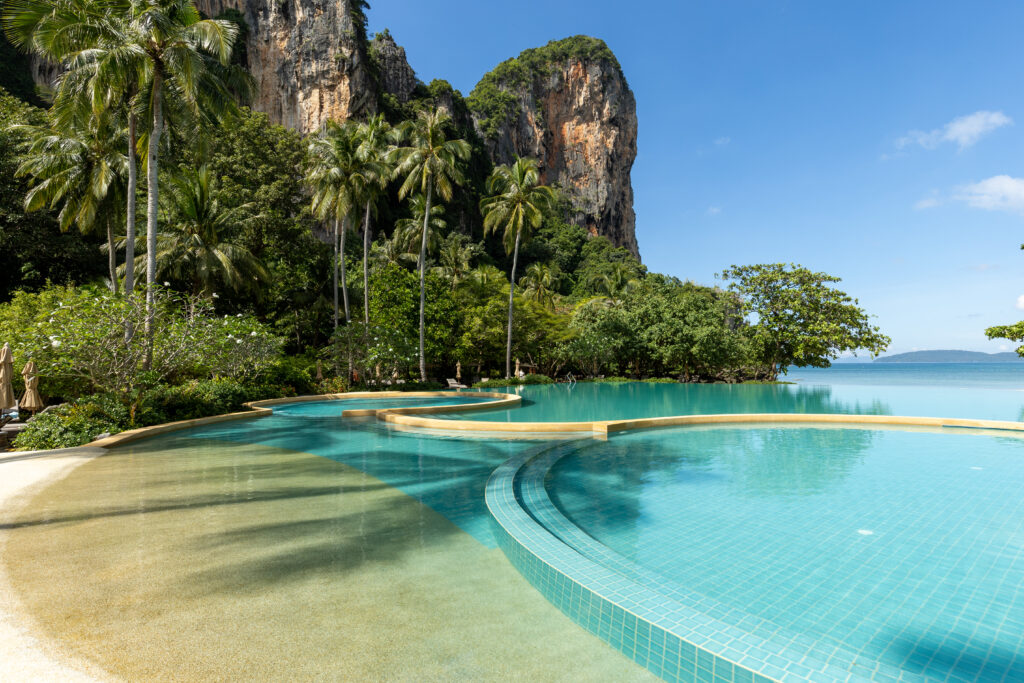
Accommodation pick: Rayavadee isn’t just somewhere to stay: it defined our experience in Krabi. The friendly and welcoming staff and the unreal location are key factors, along with the unique concept of accommodation: self-contained, two-story circular villas nestled in palm tree groves. A network of pathways takes you to the beaches, pool, and restaurants. On our first night, we enjoyed pre-dinner sunset drinks and dinner at Krua Phranang, the resort’s romantic restaurant overlooking the moonlit Phranang Beach. This is the ultimate dinner by the sea, with a menu of classic Thai dishes and freshly caught fish. The scallops and the soft-shell crab are outstanding, and the craft cocktails are exceptional! After a memorable dinner, it’s recommended that you retire to the outdoor deck for a digestif and stargaze as the waves gently lap the shore.
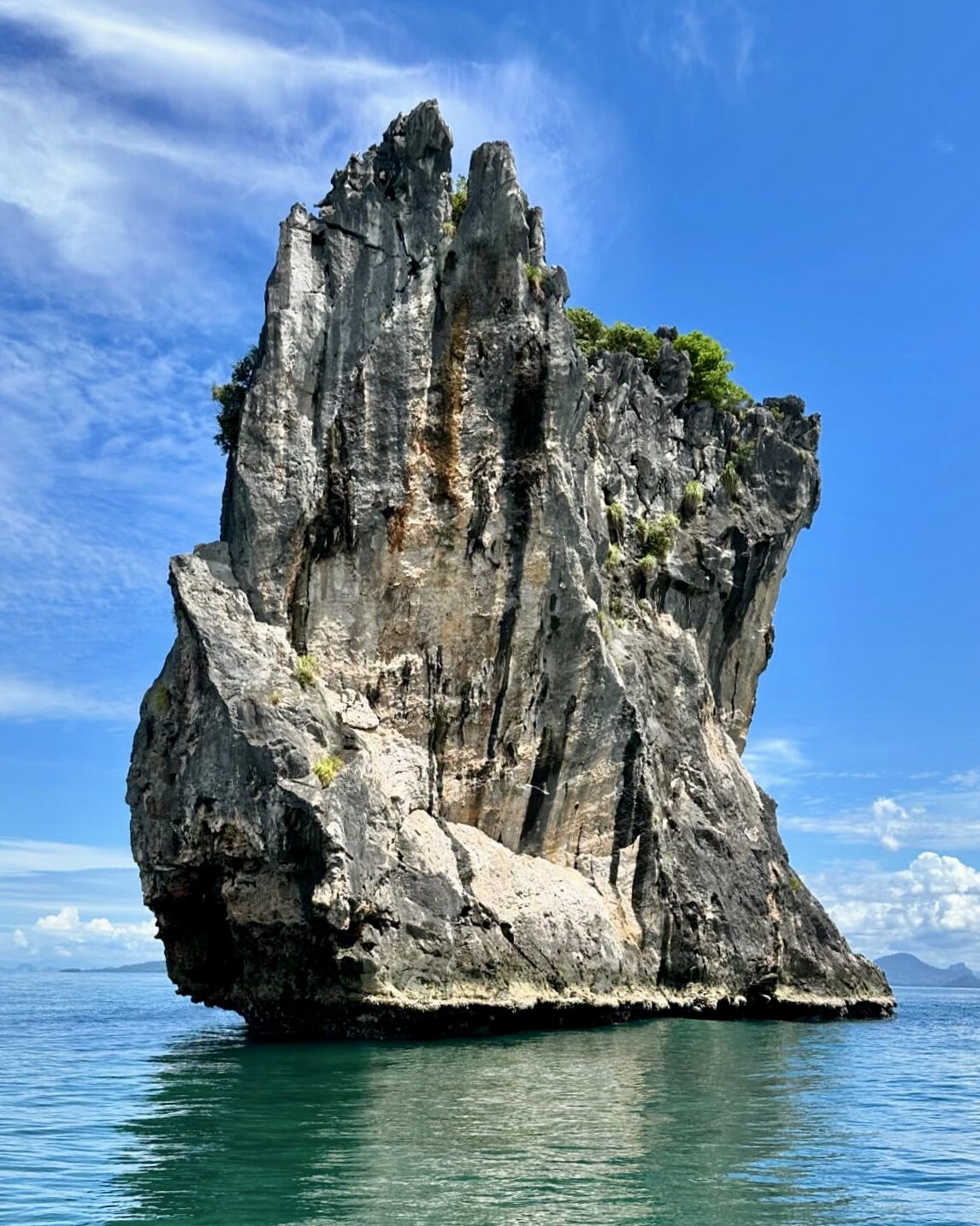
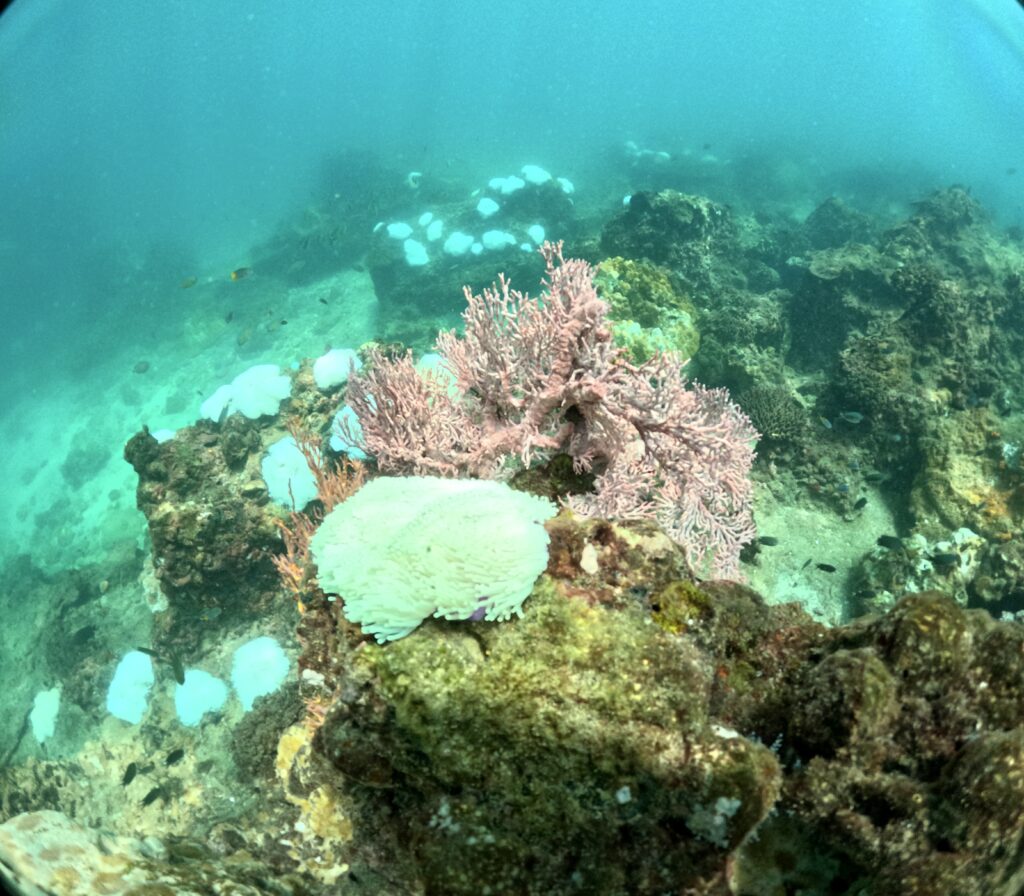
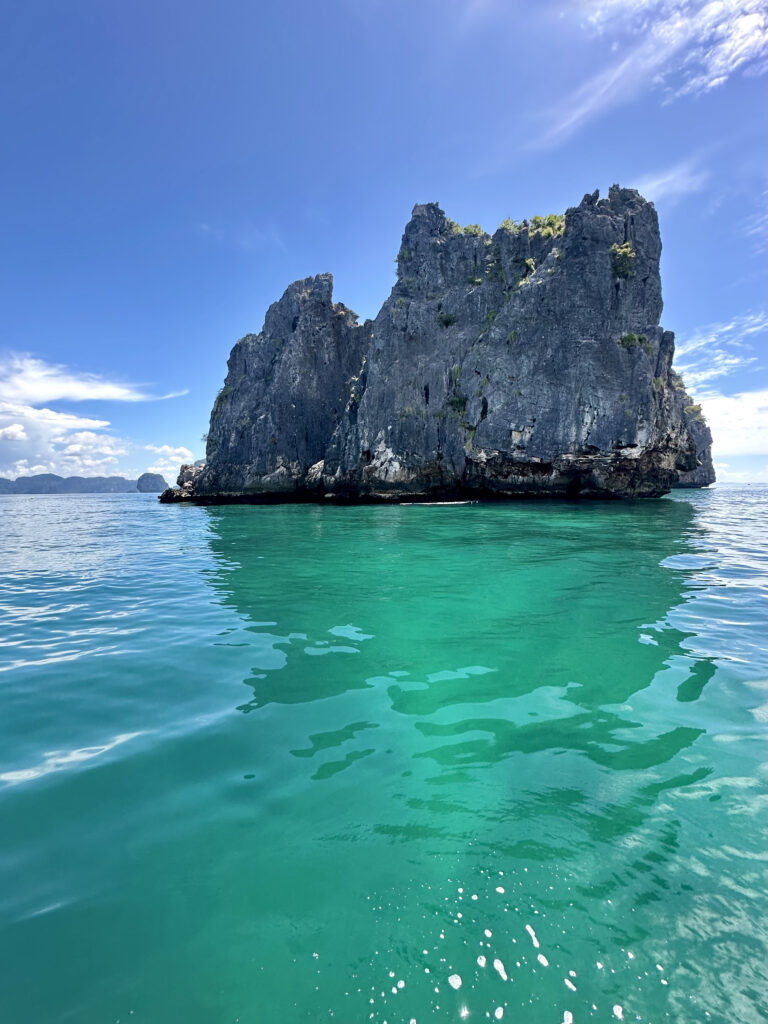
On our first day in Krabi, we took a speedboat tour with Railay Eco Tour to a snorkeling spot near Ko Gai (Chicken Island) and then stopped at Poda Island for a boxed Thai picnic lunch and swimming with stunning views. This is a wonderful way to enjoy the aquamarine waters and the majesty of the limestone karsts, which have formed into little islands, some with their own beaches, caves, and coves.
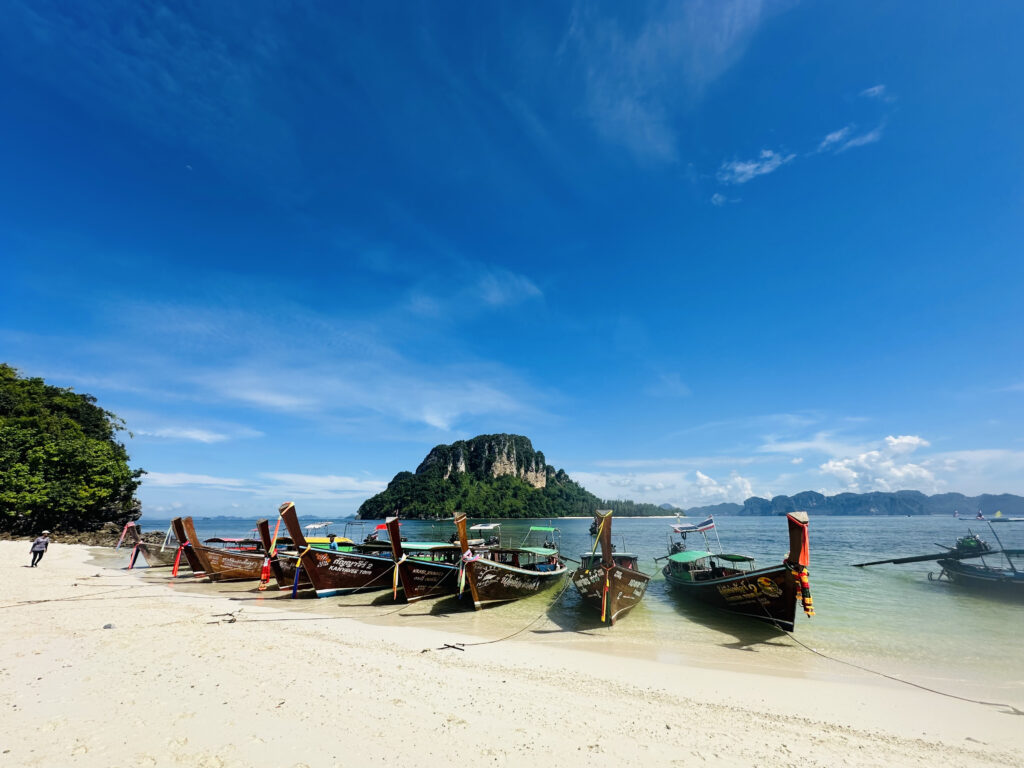
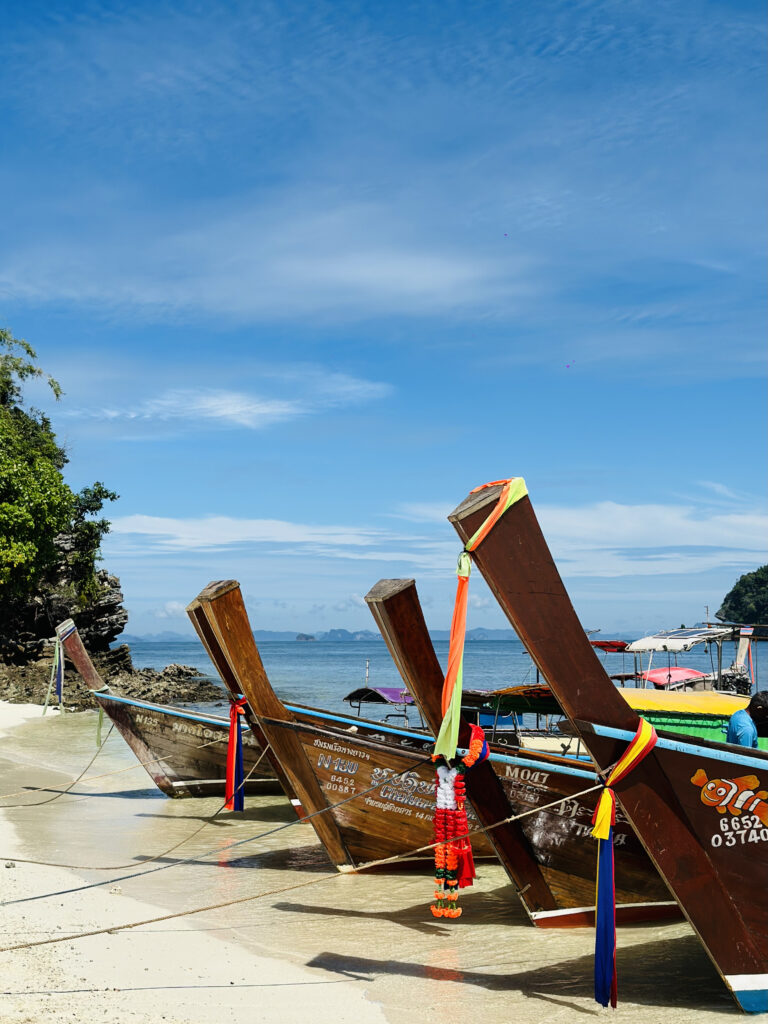
Sunset Dinner from the hilltop at Khaothong Hill Restaurant is the perfect way to appreciate the magic of this coastline. There are several levels to this restaurant where you can marvel at the ever-changing display of light and the chiaroscuro of the islands as they disappear into the distance. It doesn’t get much better than passionfruit soda, soft-shell crab, and a never-ending Thai sunset.
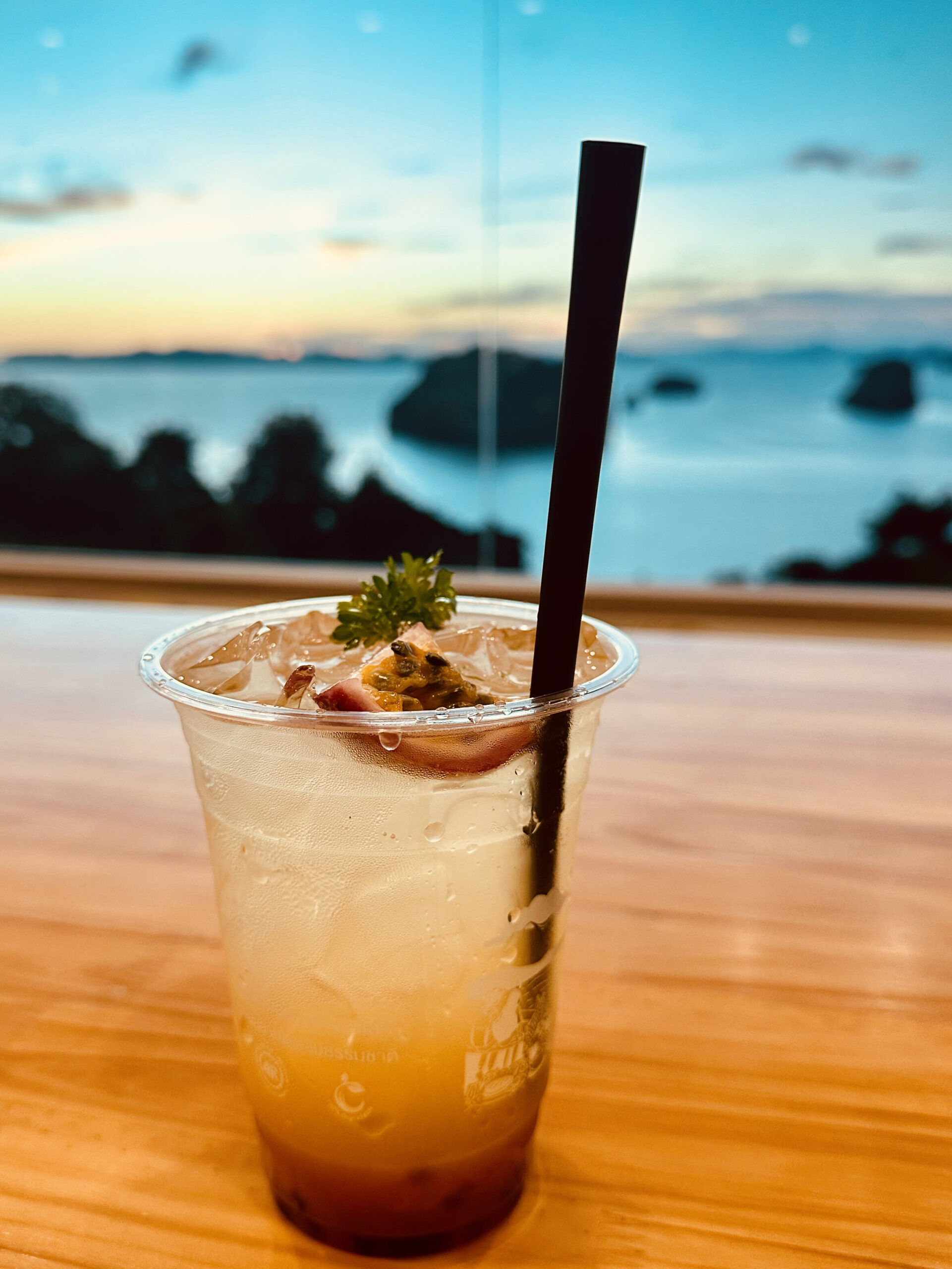
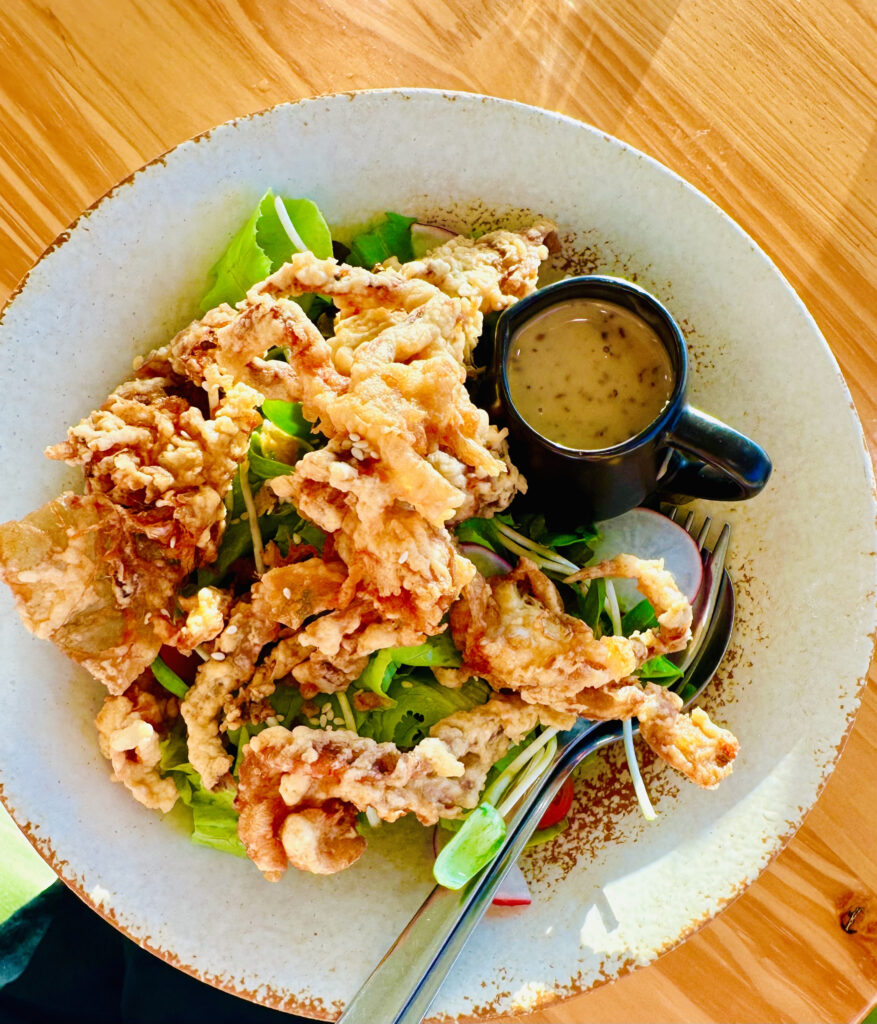
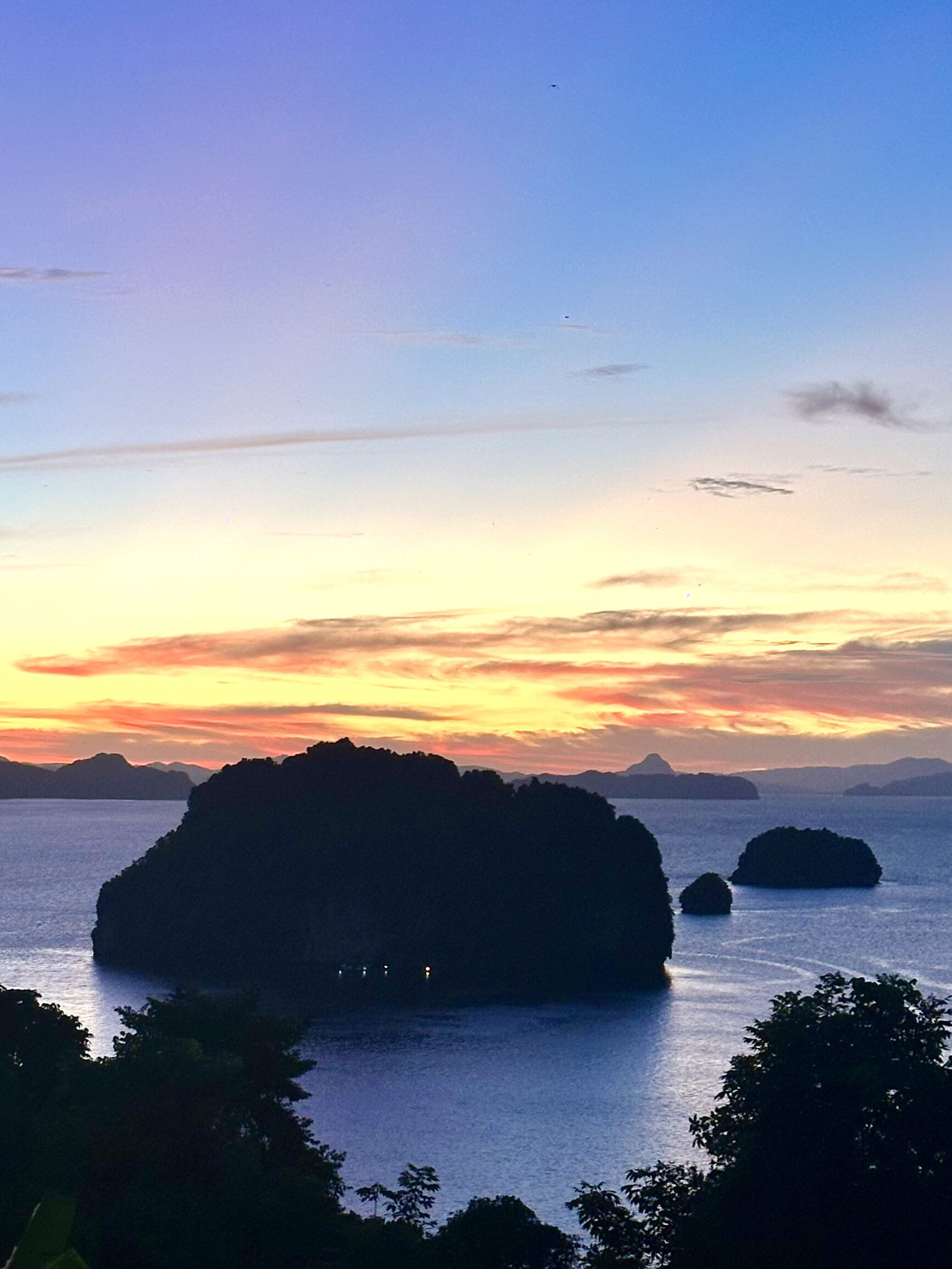
But not all of Krabi’s pleasures are on its coast and beaches. A little way inland, in the jungle, you will find Wareerak Hot Spring & Wellness, a Thai hot spring destination spa located in Khlong Tom in Krabi. In this rustic and tranquil setting, you can sit in various fresh mineral hot spring-fed pools (temperatures hot to cool) and enjoy coconut water and a neck and shoulder massage.
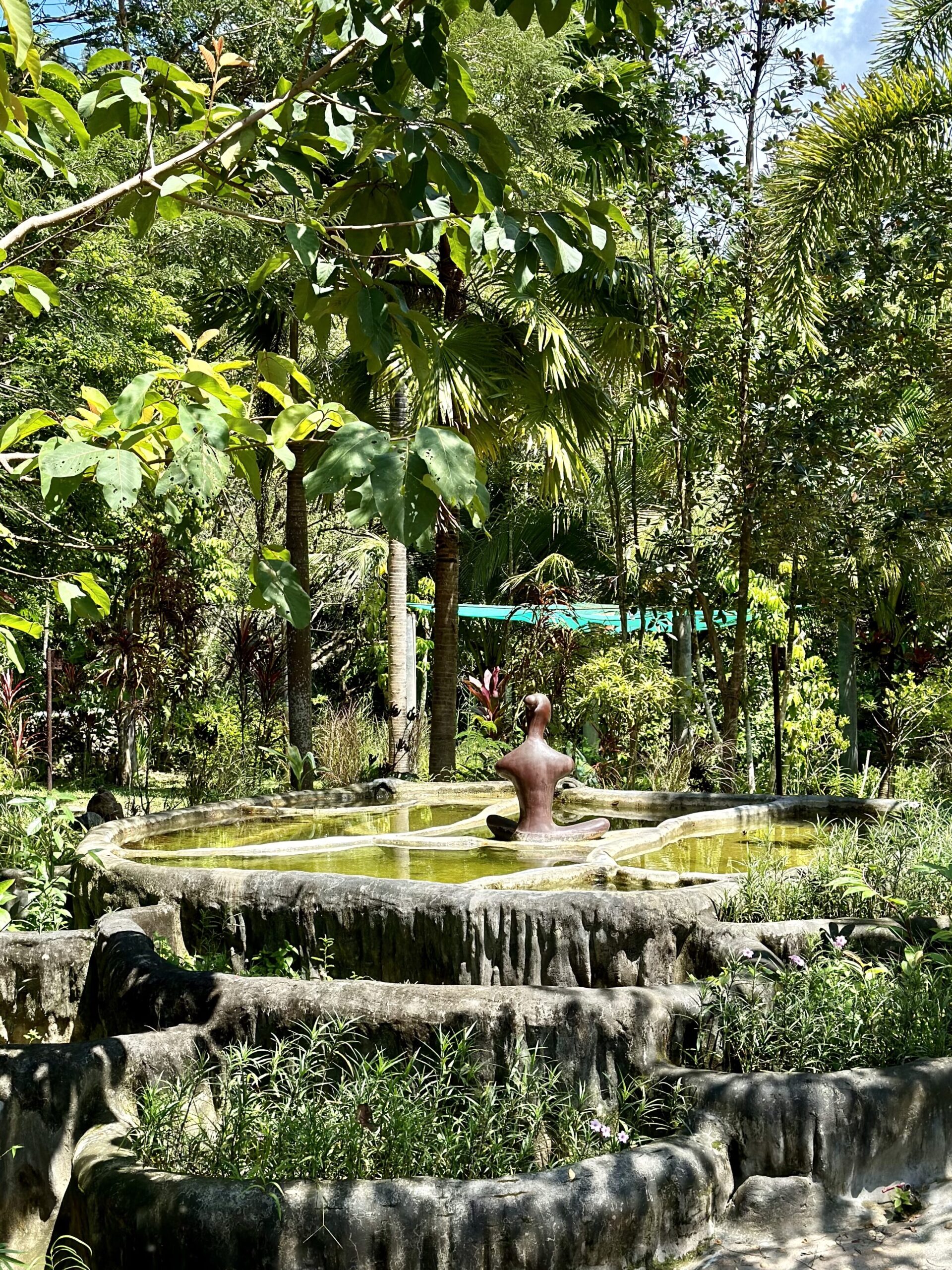
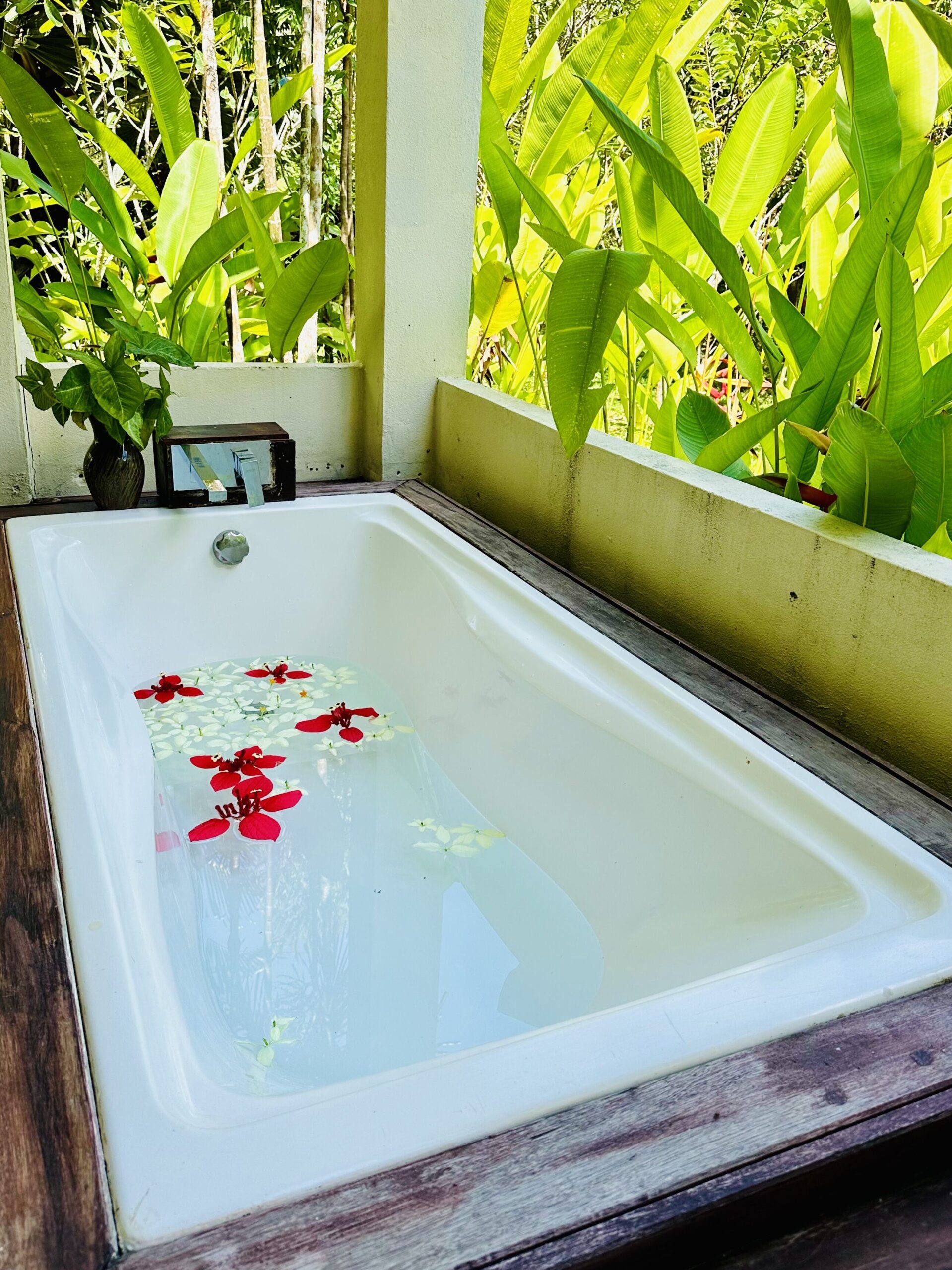
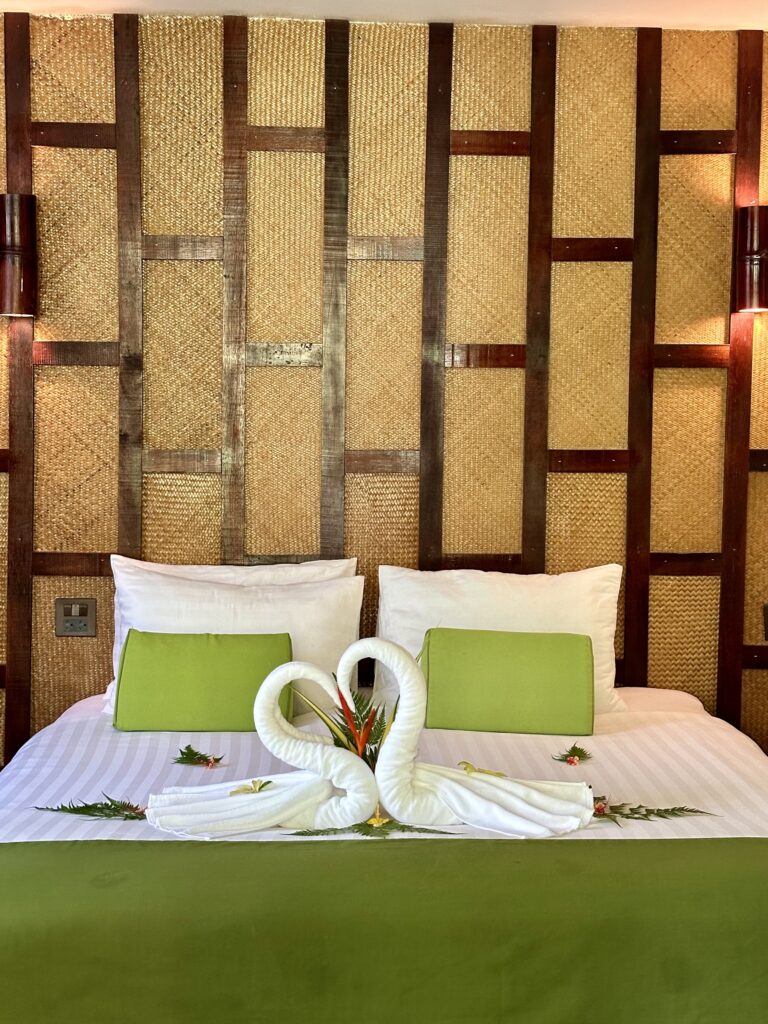
Modesty prevails in Thai massages and spas, so you will be asked to wear the light clothing provided before entering the water. This is an incredible way to relax and rejuvenate, and should you want to make a day of it, there are lovely tropical villas and jungle bungalows you can rent—and a restaurant on site for your overnight stay. Special package deals are available.
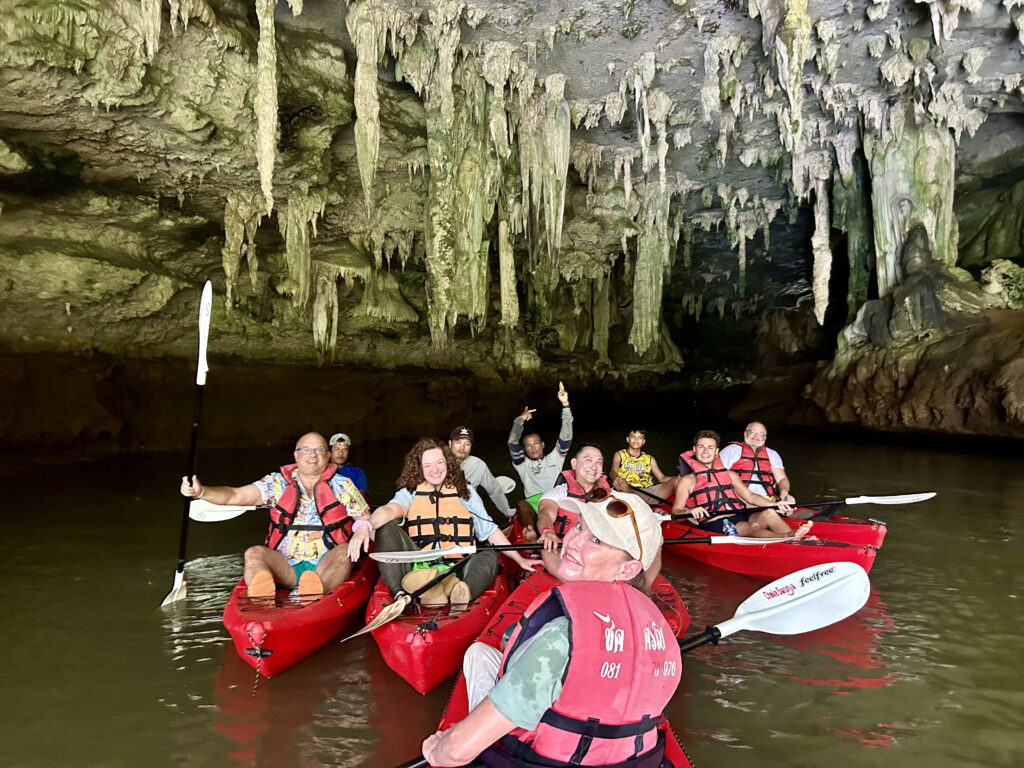
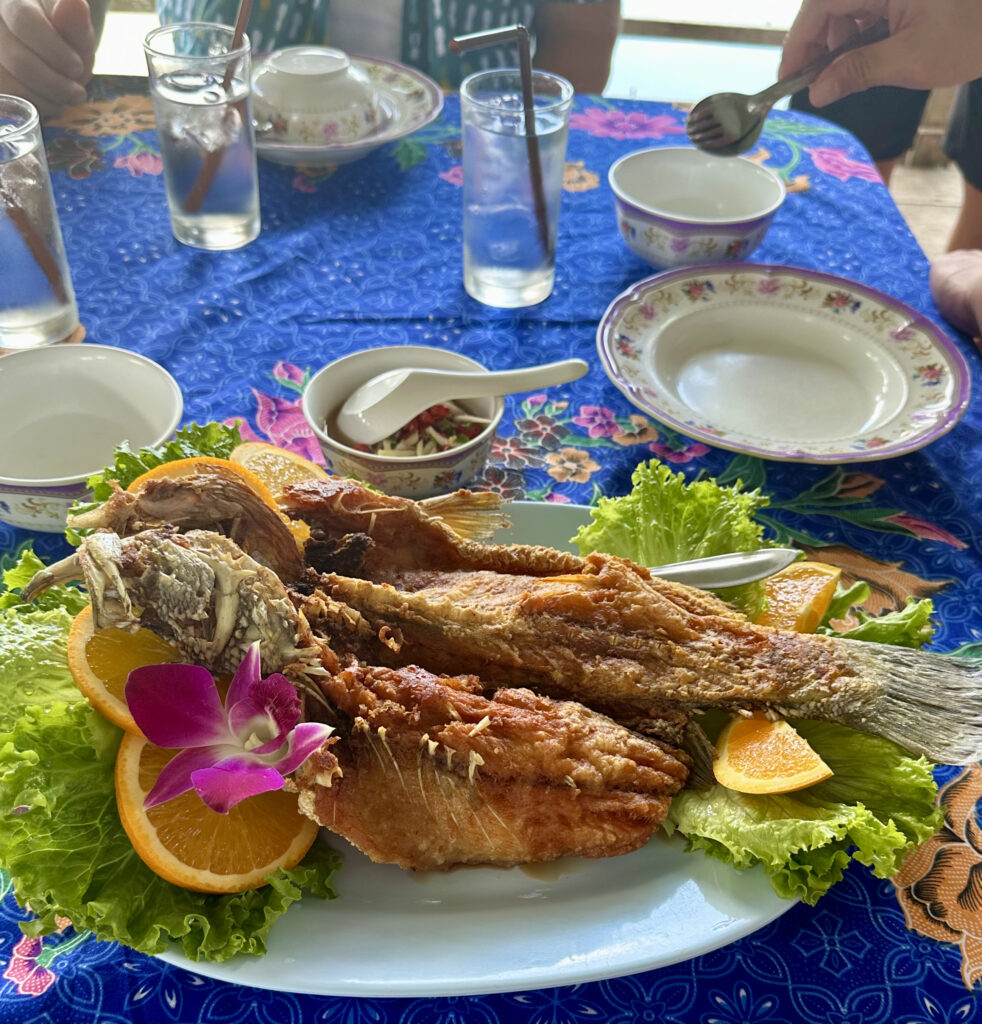
Our hot spring soak put us in good physical condition to go kayaking at Ban Bor Thor and explore its lush mangrove forest and the stunning Pee Hua Toh Cave (with limestone stalactites, stalagmites, and prehistoric cave paintings). Have lunch at the restaurant on the pier before or after you set off: my pick of dishes was the fried, freshly caught fish.
On our final night in Rayavadee in Krabi, we enjoyed a memorable and picture-postcard-perfect sunset dinner at the famous Grotto overlooking Princess Beach. Perfectly cooked beef tenderloin with gigantic barbecued prawns competed with a technicolor view of Railay with its limestone peaks, superb Phra Nang Cave, and its charming little beach. When I posted a video of it on Instagram, a friend said, “It doesn’t look real.” I guess that’s a compliment?
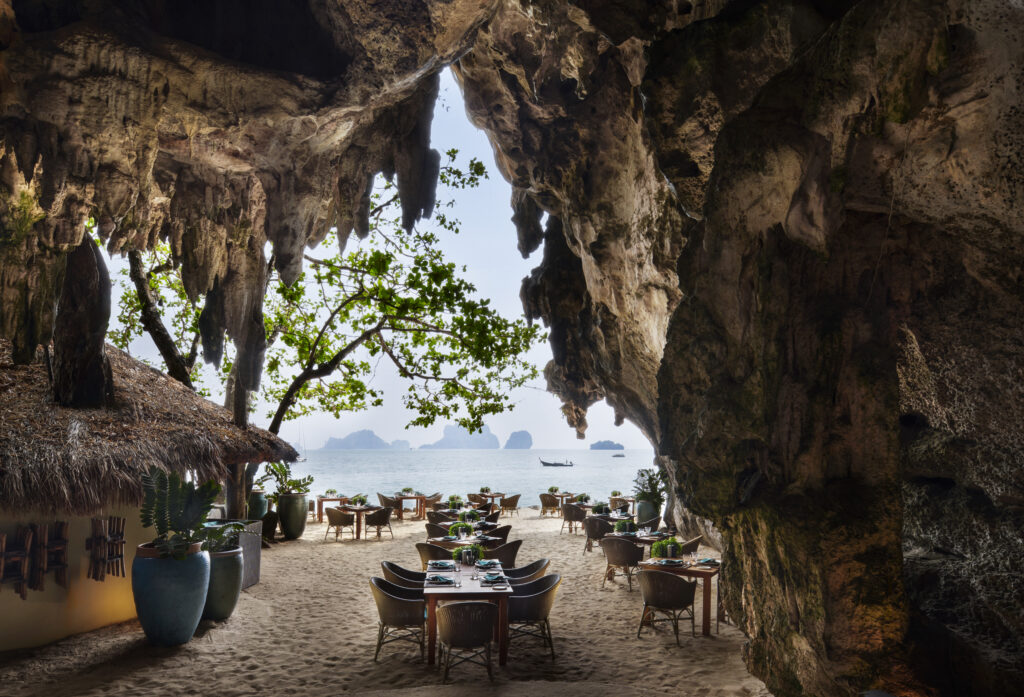
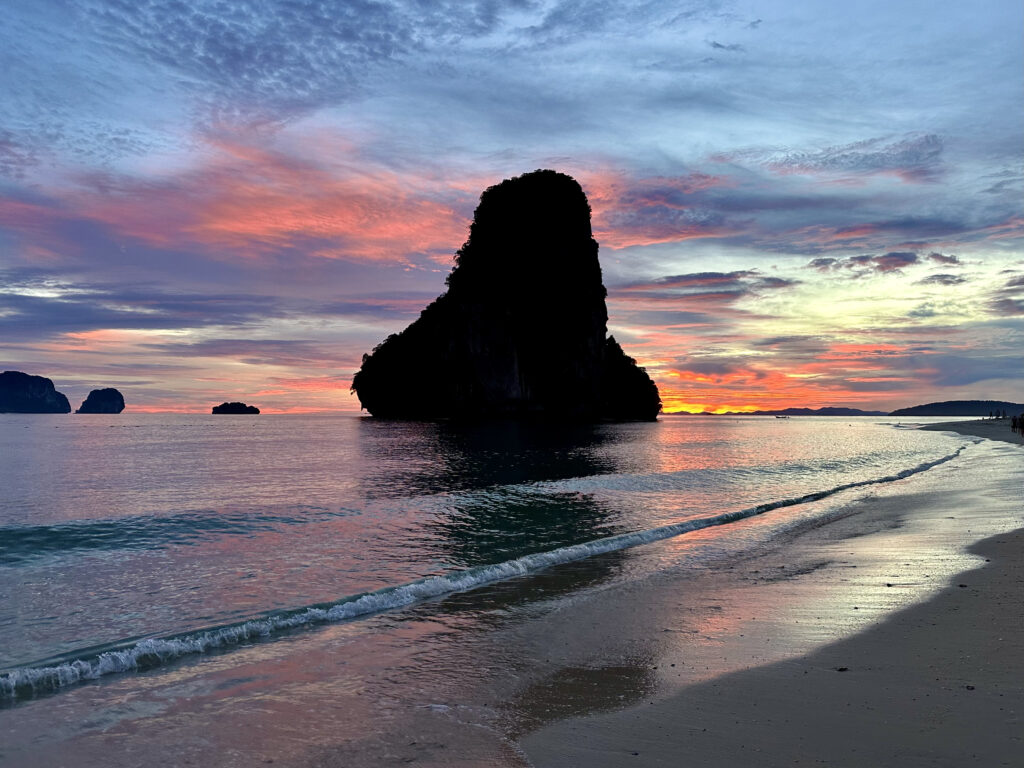
I was very sad to leave my gorgeous jungle bungalow, take my last swim in the tropical infinity pool, and eat my last lovely breakfast before heading off to Phuket and my flight home. And as if to show me what I’d be missing from then on, lunch at Beyond Skywalk Nangshi afforded us sublime views of the biggest fin-shaped limestone karst I have ever seen. I don’t think I’ve ever smiled as much on a press trip as this one. The Land of Smiles, indeed!
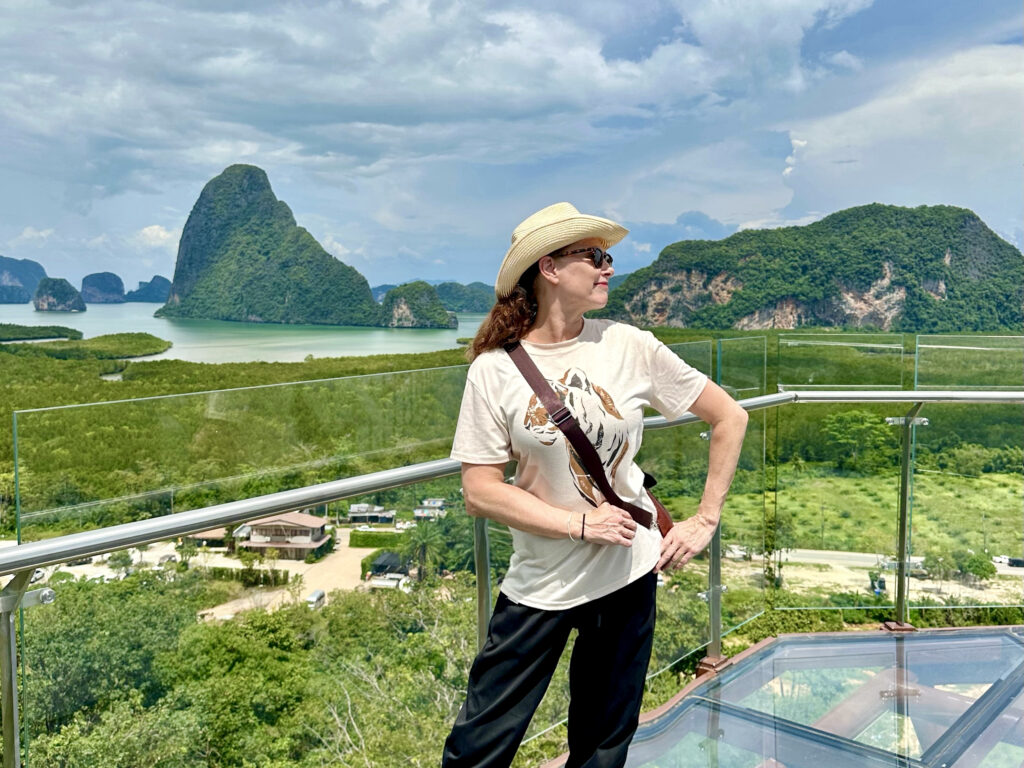
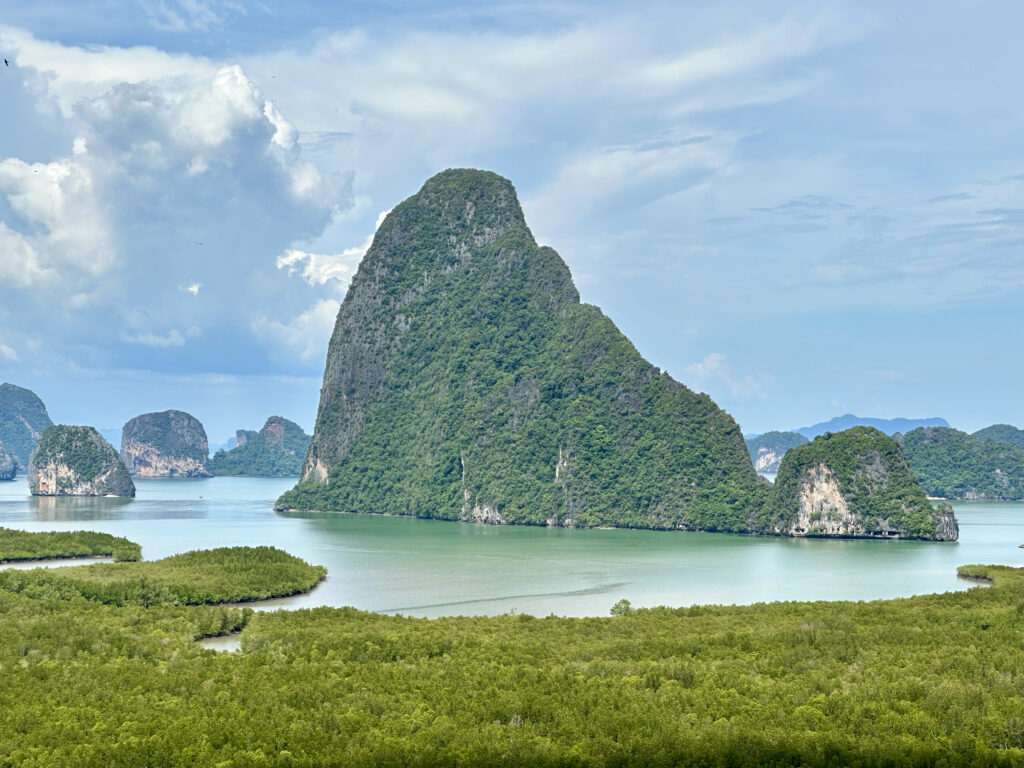
LGBTQ+ rights in Thailand
Thailand’s LGBTQ rights are considered to be some of the most comprehensive and progressive in Asia, and Thai society has long accommodated a variety of gender expressions and sexual identities. An estimated 314,808 trans people are living in Thailand, with kathoey as the established term referring to transwomen. There is also a wide spectrum of identities and roles for queer men and women. And in 2025, LGBTQ couples can walk down the aisle!
Sustainable travel in Thailand
With electric ferry boats now plying the Chao Phraya River, an electric monorail in operation, and electric tuk-tuks accessible by app, Bangkok is on its way to offering commuters more environmentally friendly transportation options. Try to seek out solar-powered and eco-aware tour operators, boats, and vehicles wherever possible. All over Thailand, you can enjoy fresh food and drink and handmade arts and crafts that are local, biodynamic, and sustainable.
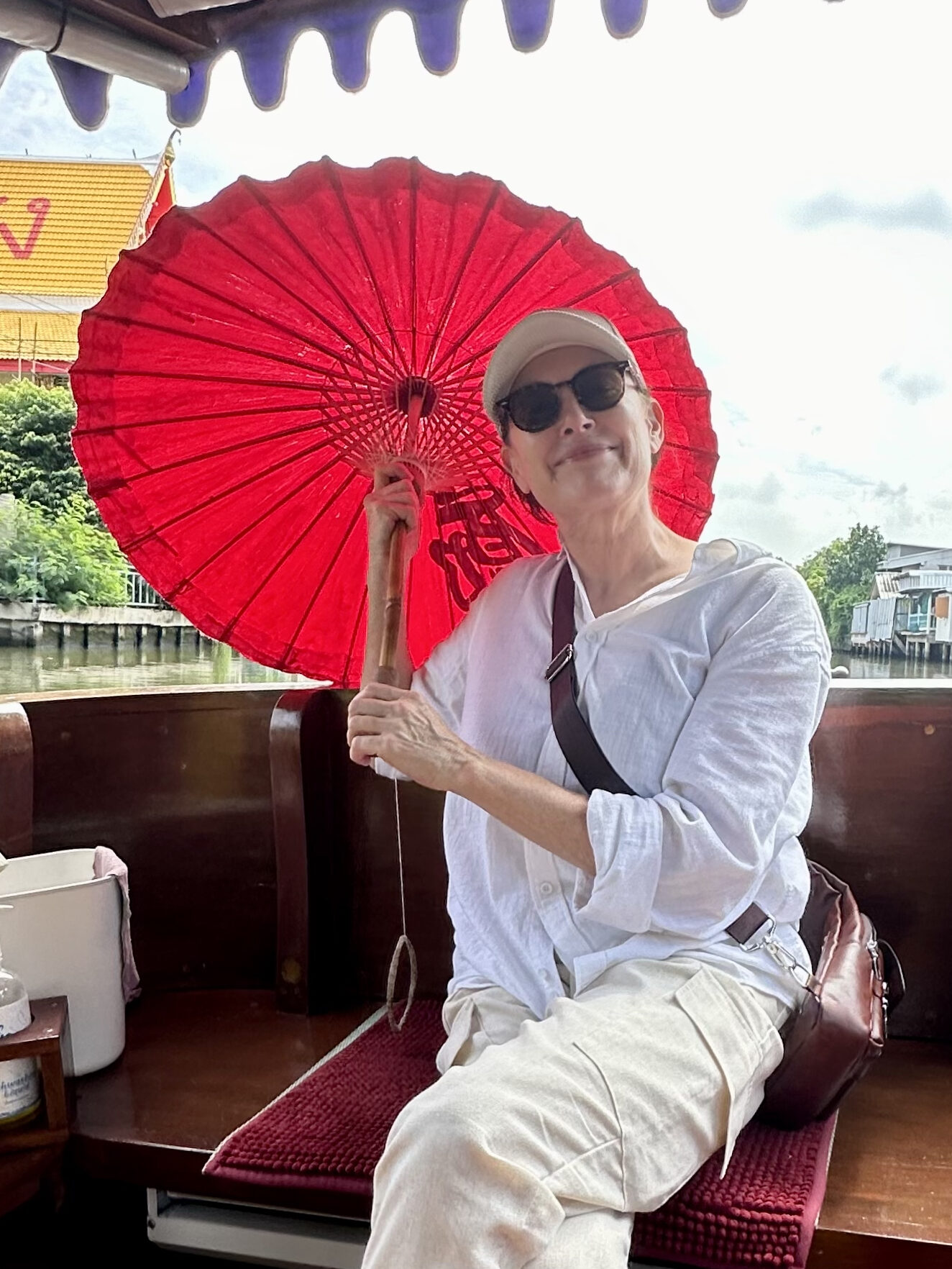
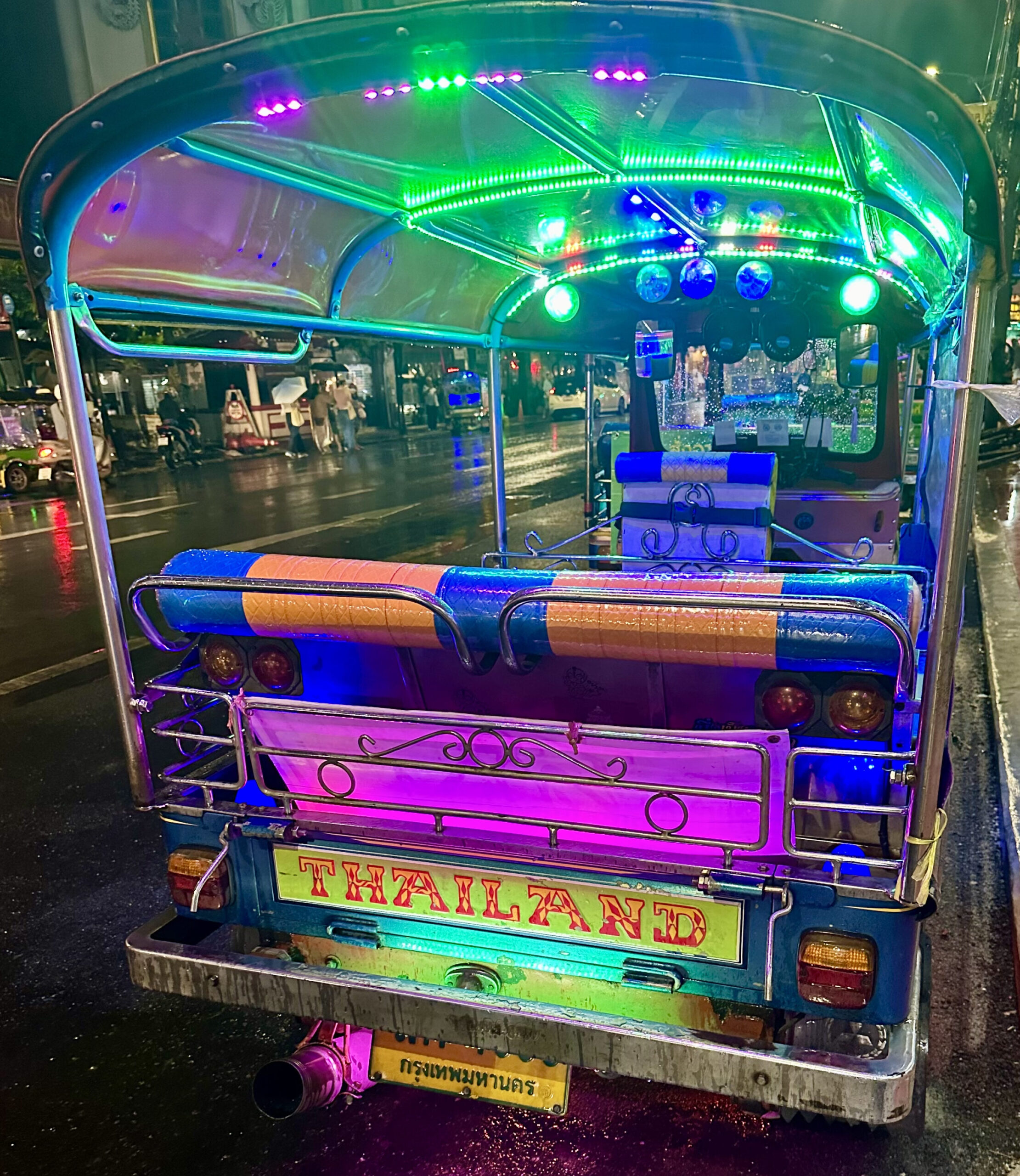
Best time to visit
Thailand’s rainy season, also known as the green season, is from May to October. We visited in September, and so we caught the end of that season. However, we did enjoy some sunny, bright, and hot days. If you struggle with heat and too much sun, this is the best time for you to go. Whichever season you travel in, be sure to bring bug spray, sunscreen, sun hat, and sunglasses. Light, modest clothes you can rinse and drip dry are a good choice, too.
Customs and cautions
Thai people are by nature polite, warm, welcoming, and accepting. You can be queer and free in Thailand, but remember it is also a modest and discreet culture, so dress appropriately and try not to pack on the PDA if you are traveling with a partner.
In a Buddhist society, where karma is not just an esoteric concept but a belief that is manifest in the quotidian, crime is not as prevalent as in many other countries. Prices are already cheap, so haggling is not customary or appreciated. Carry some cash to tip out of appreciation, especially for things like massages, guided tours, or any special services.
If you plan on doing things like rock climbing, scuba diving, or riding a motorcycle, it’s a good idea to have some kind of travel and health insurance.
Most of all, bring your smile and learn how to say “thank you.” For ladies (i.e., anyone of feminine expression), it’s khàawp-khun ná khá (karp-koon-car), and for gents (masc), it’s khàawp-khun ná khráp (karp-koon-crop).

